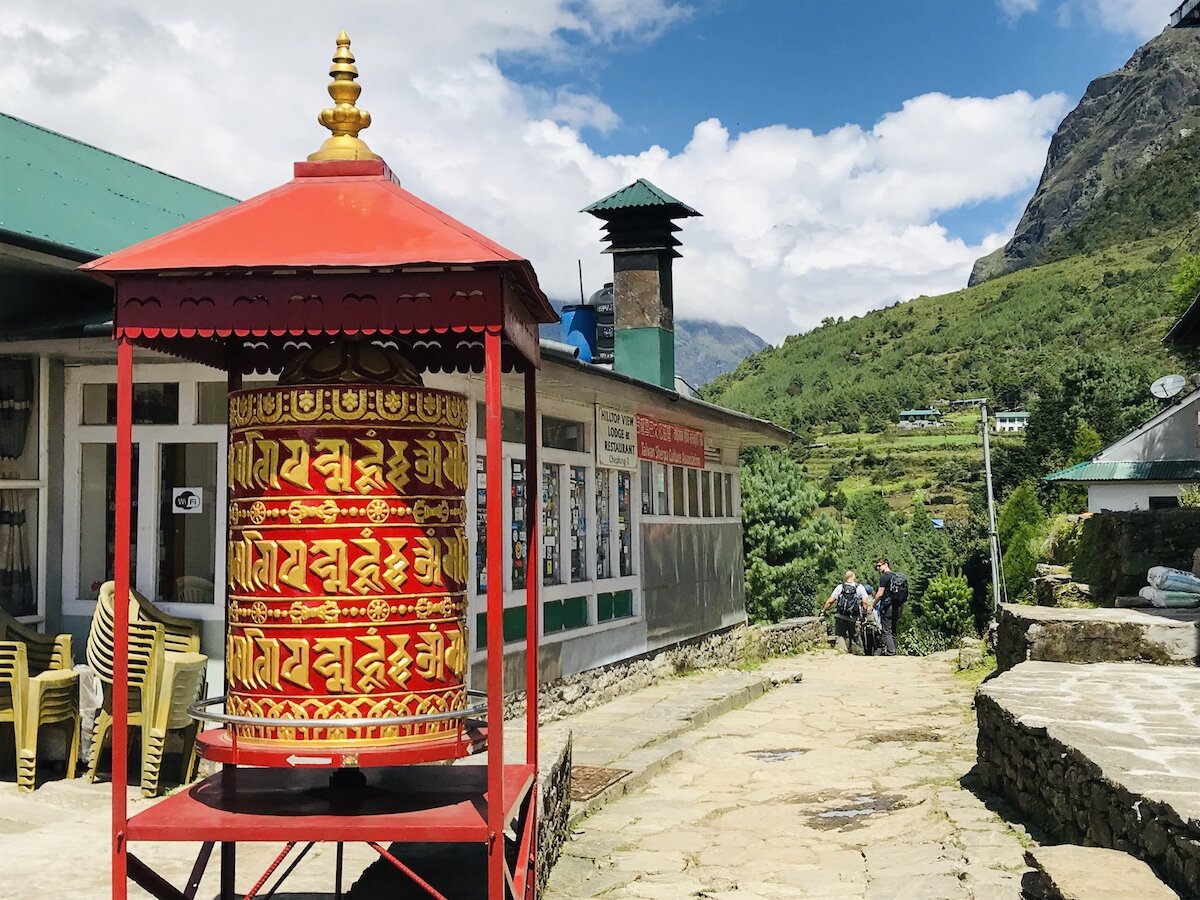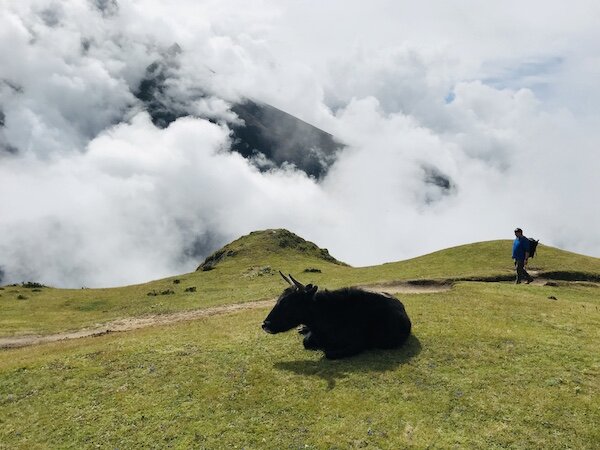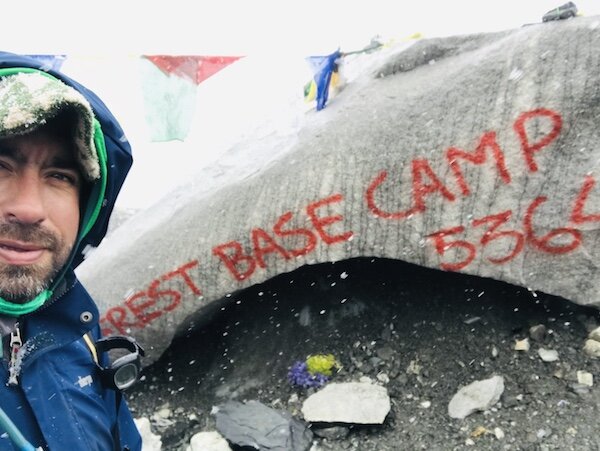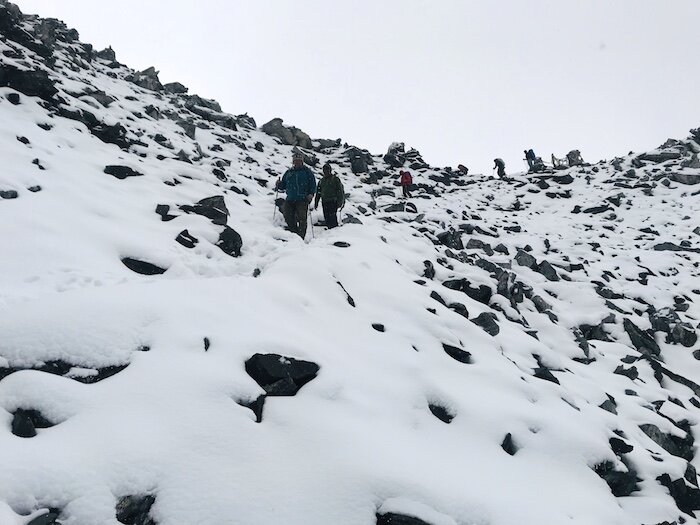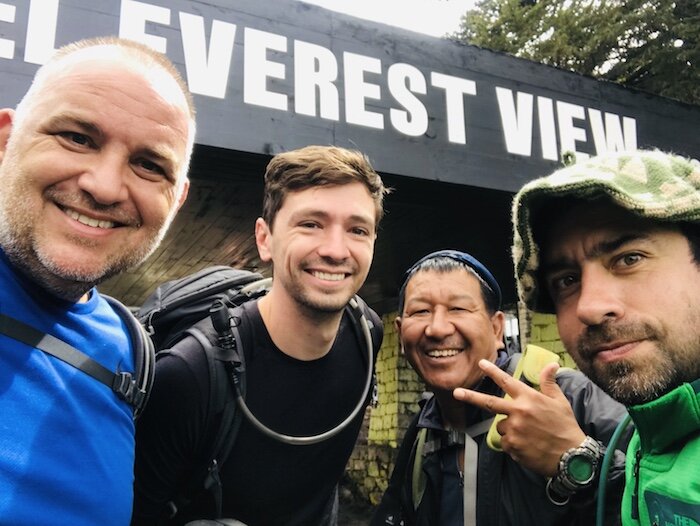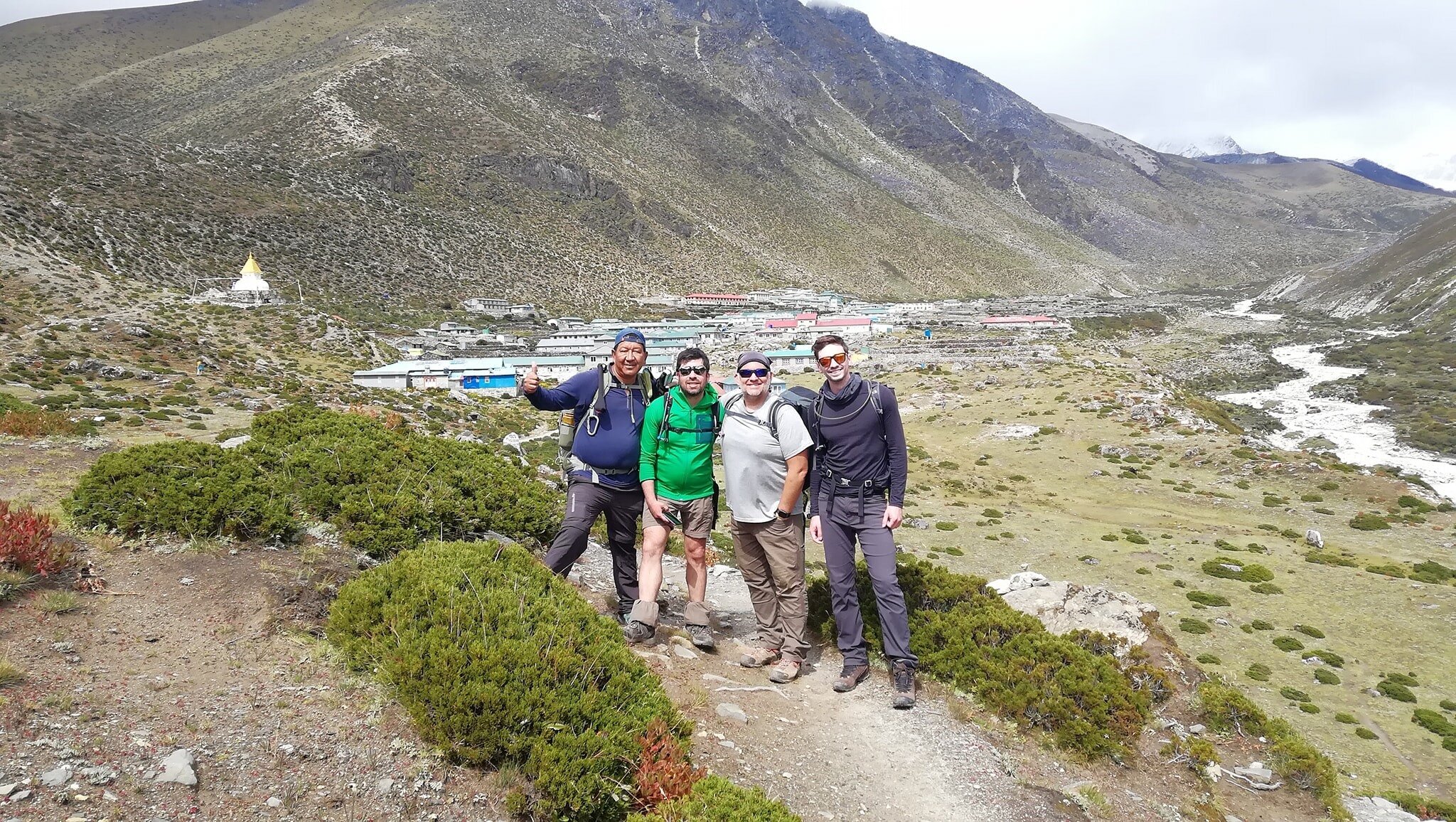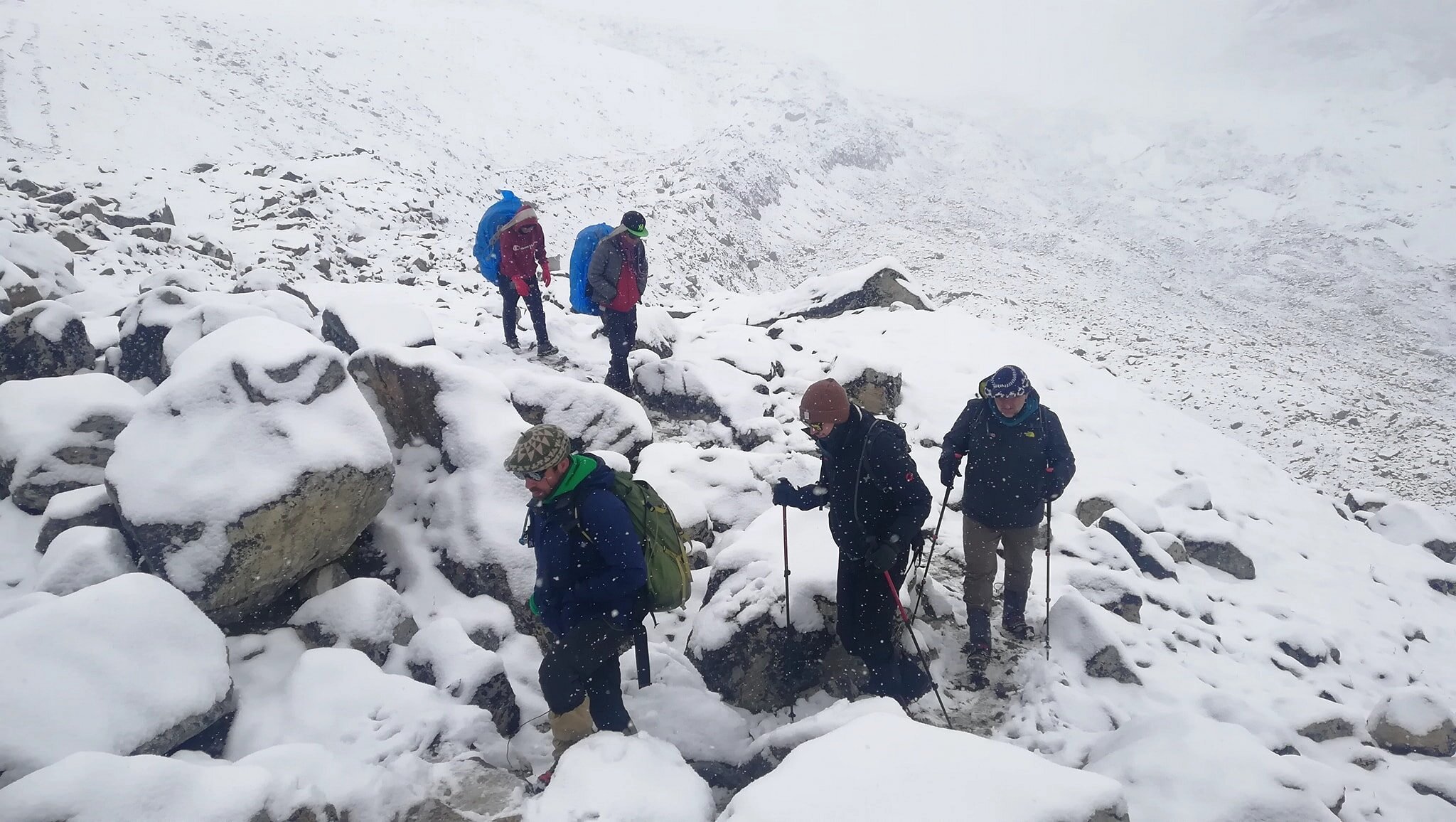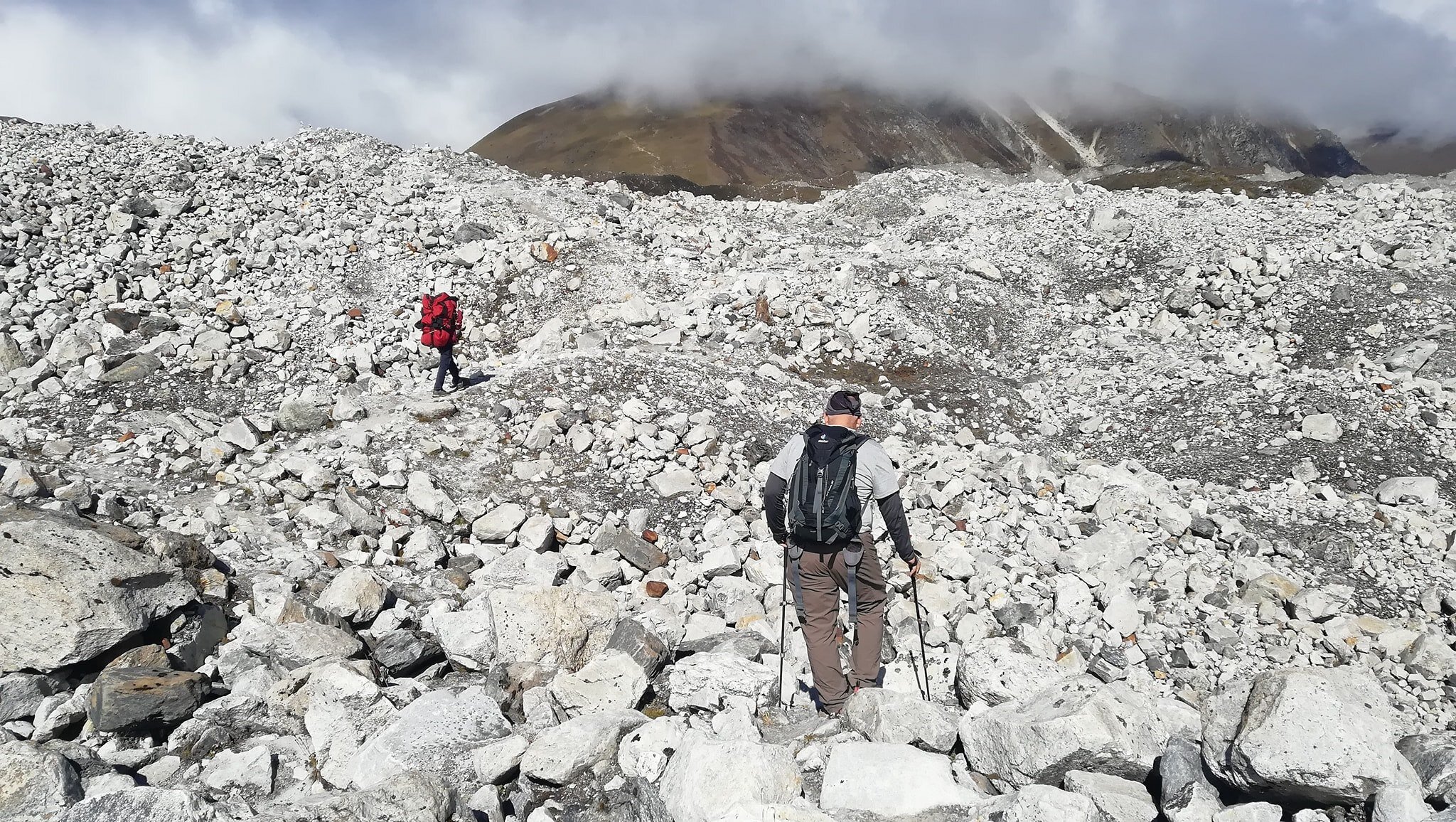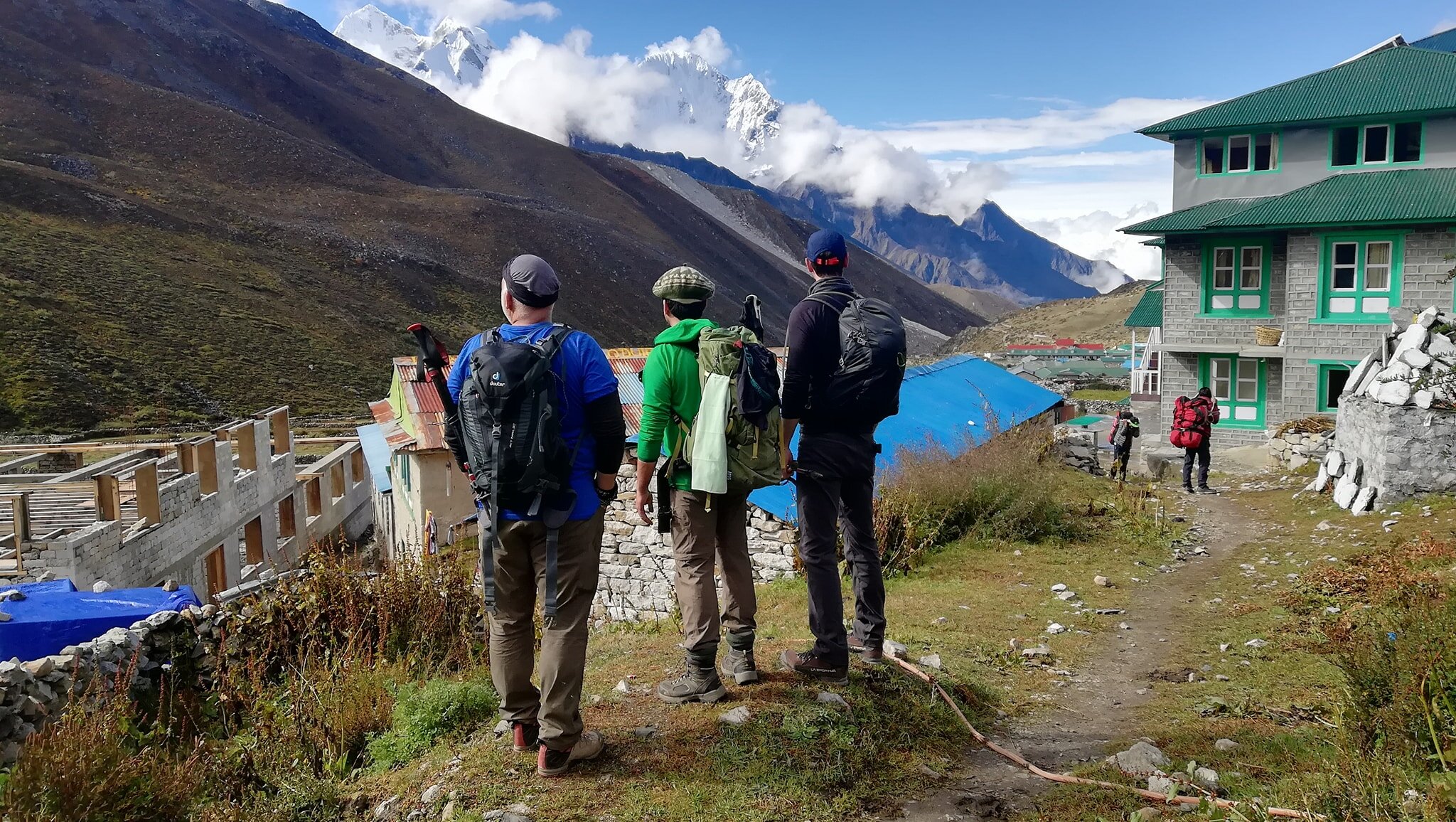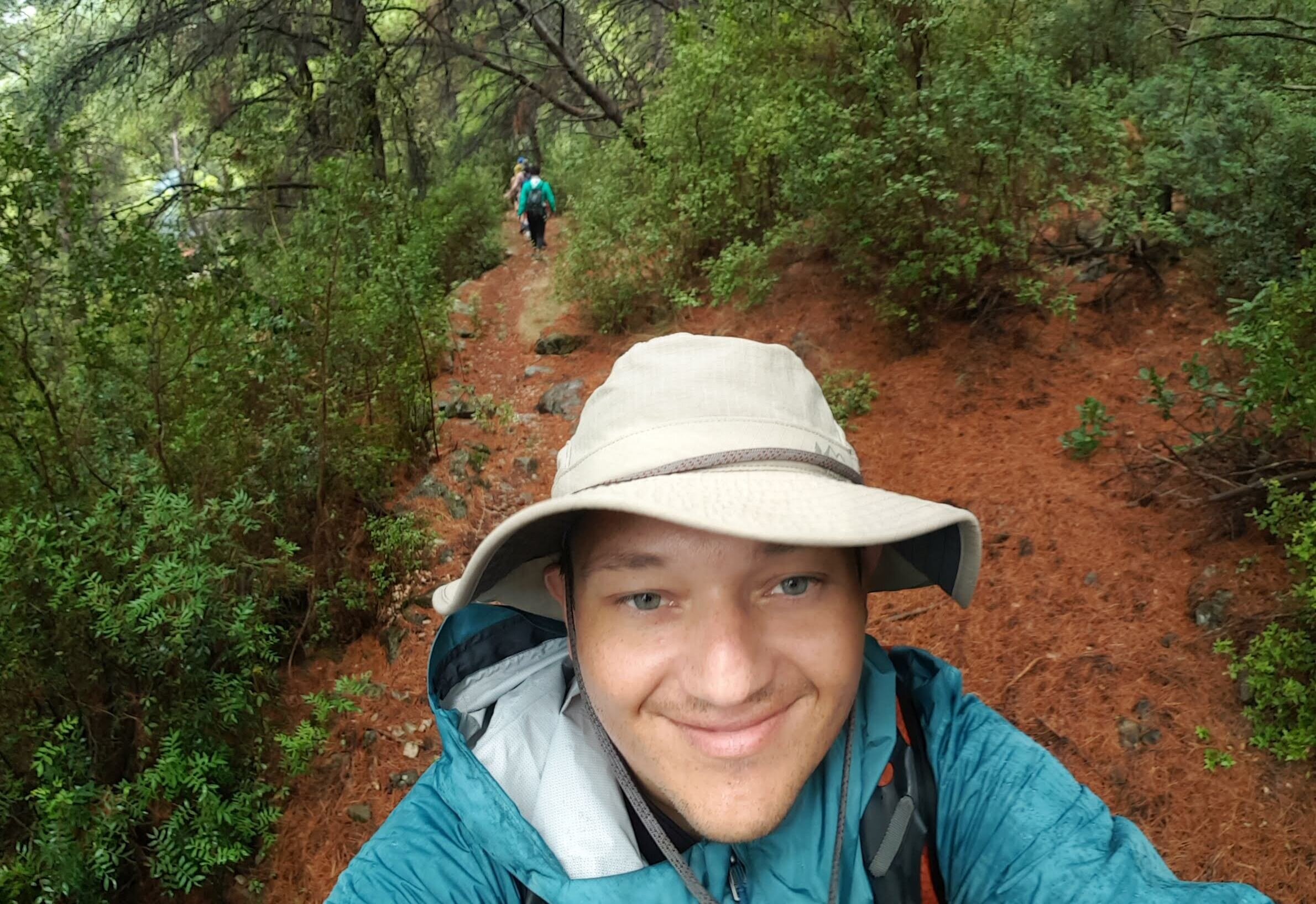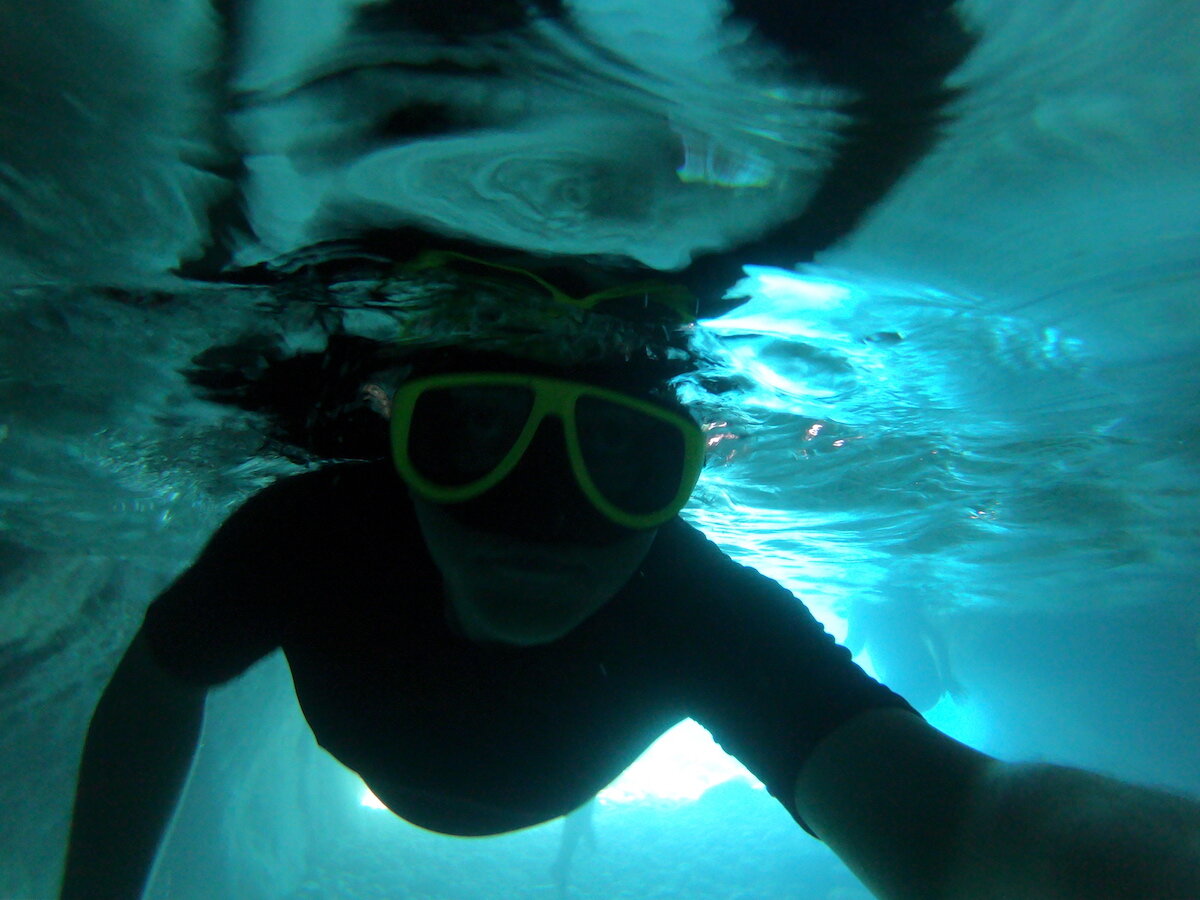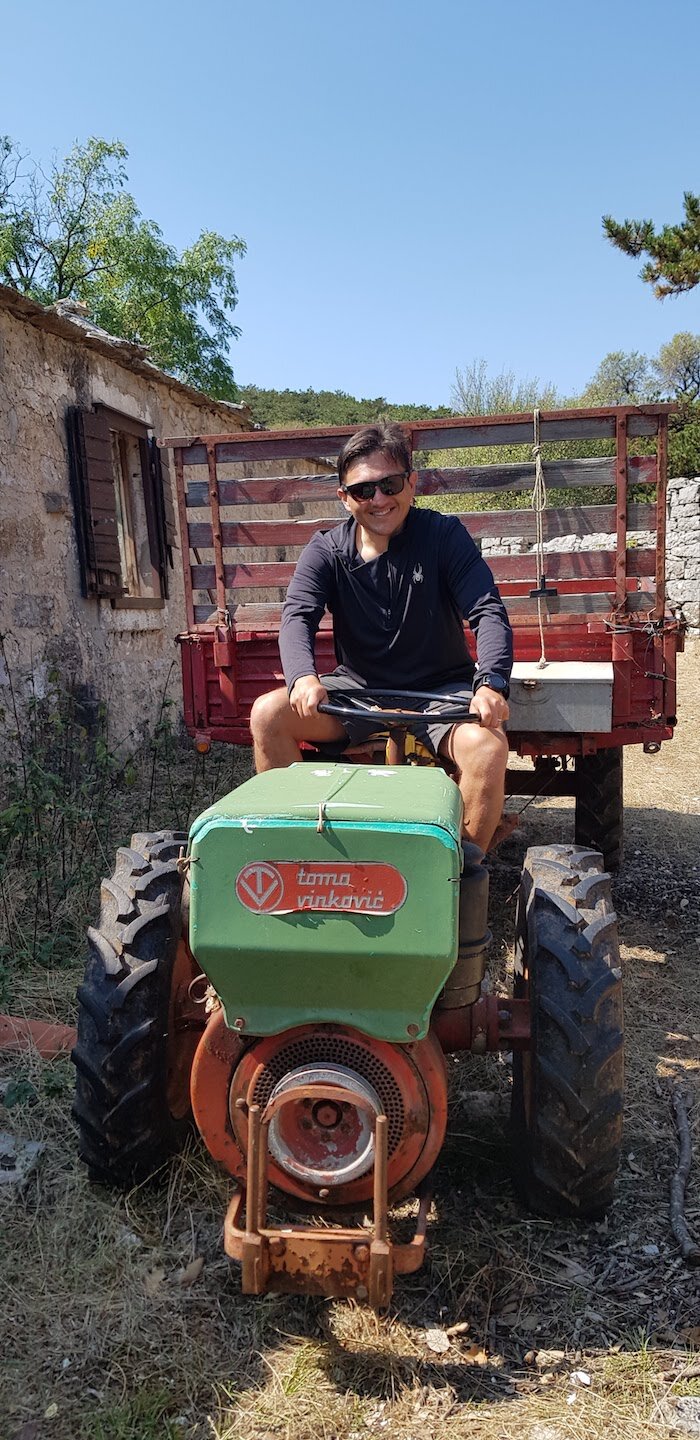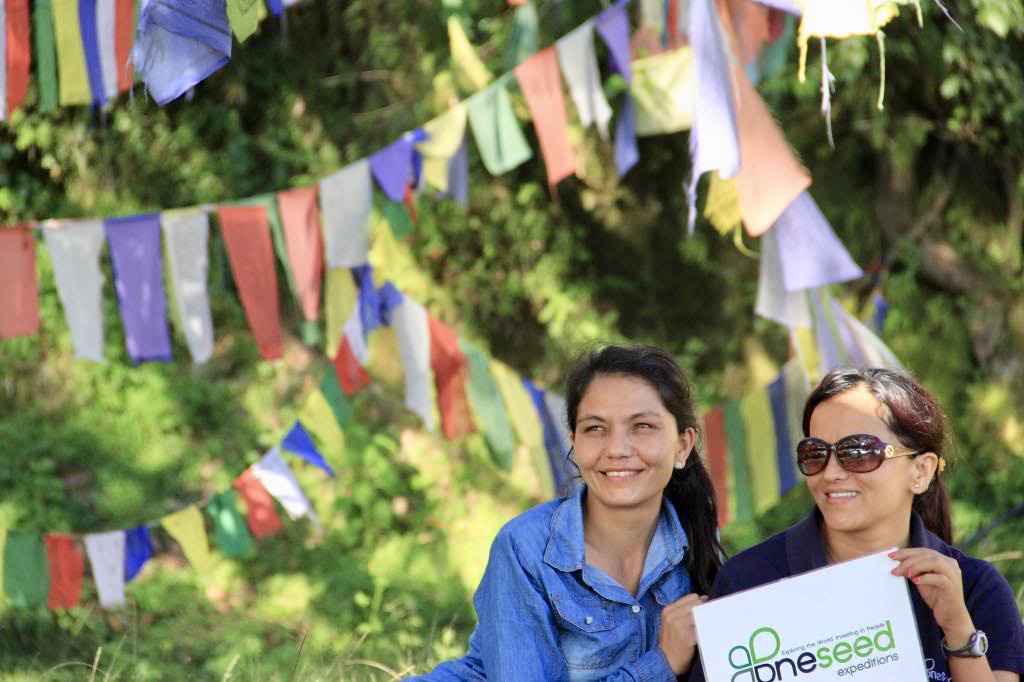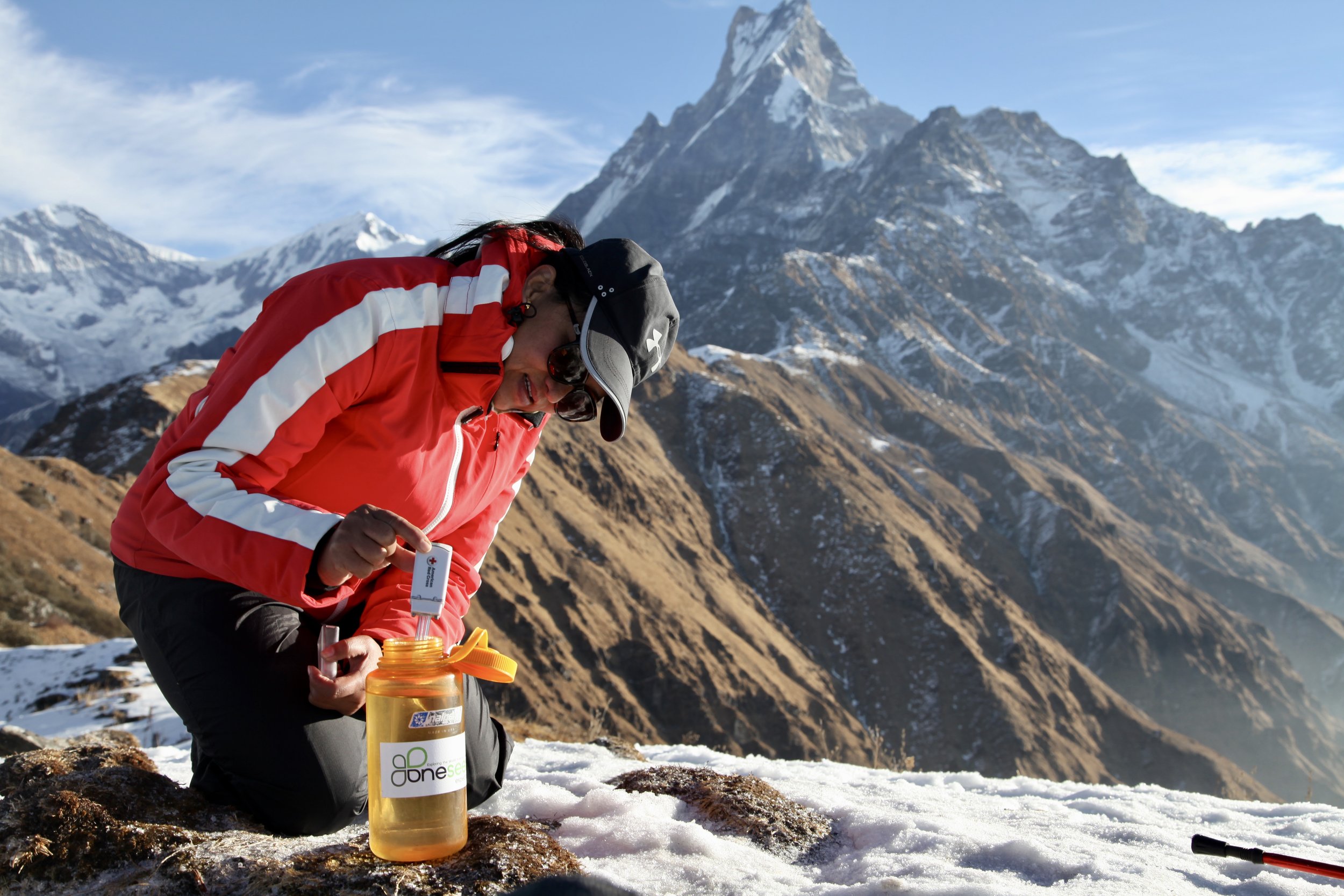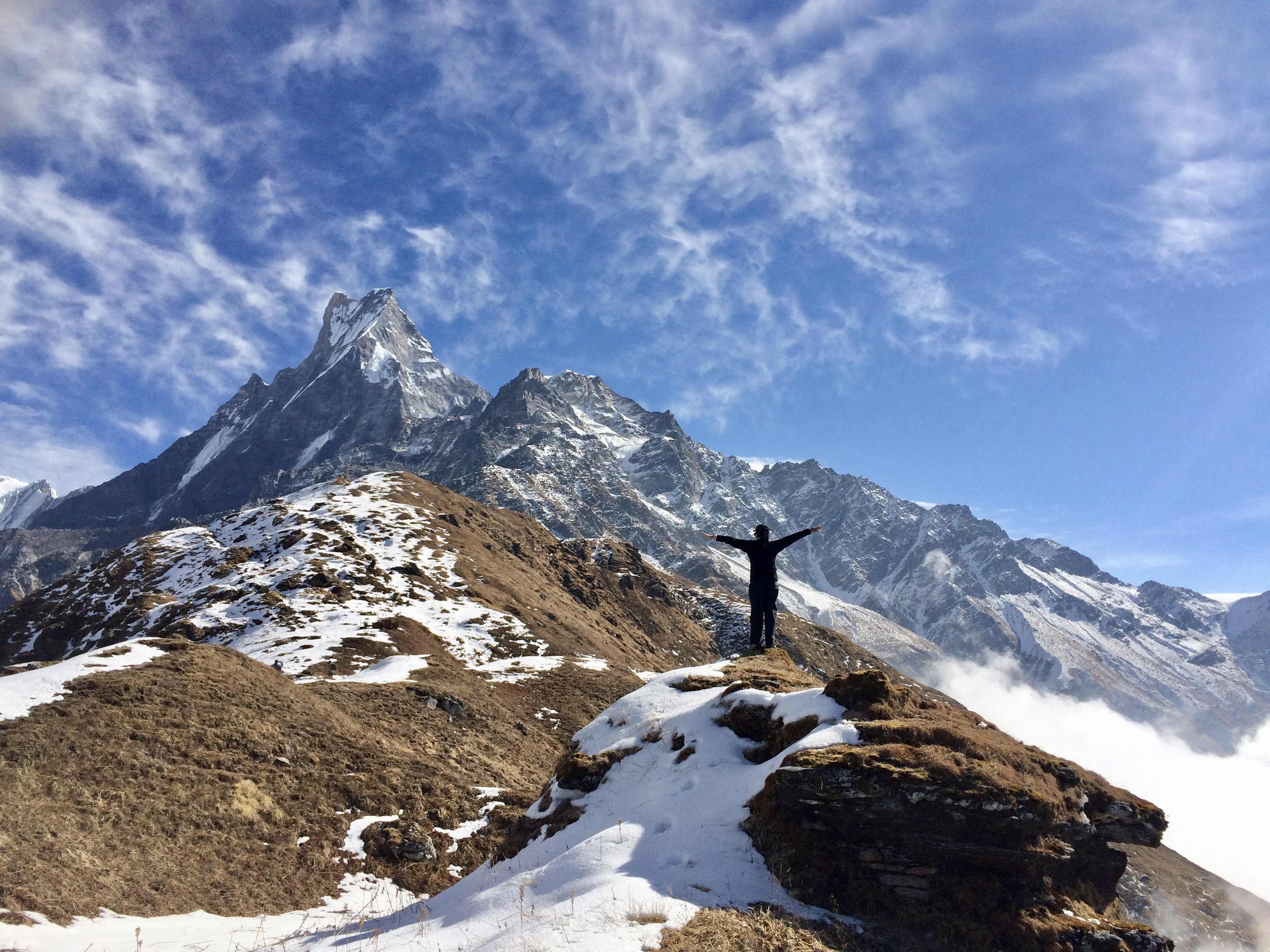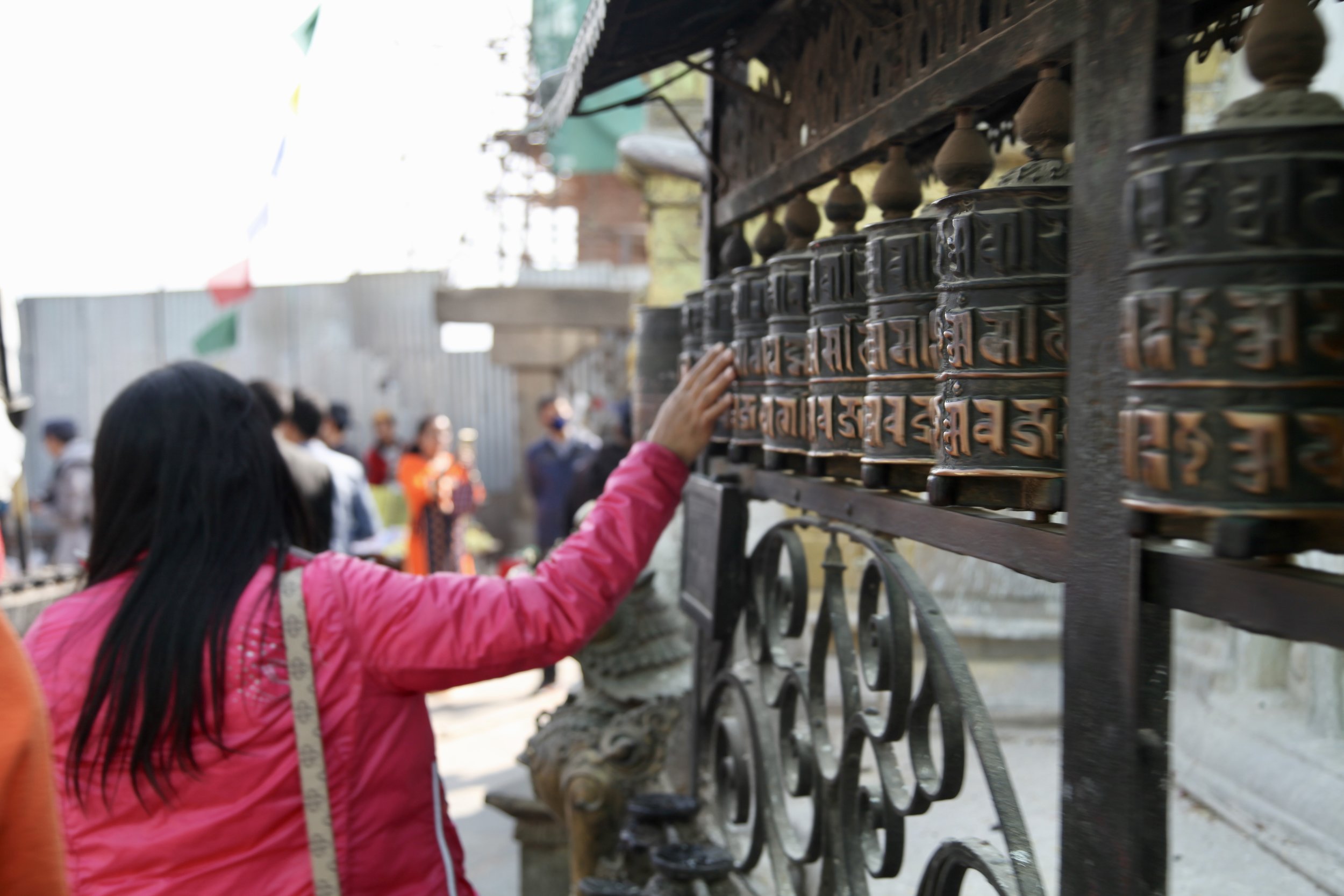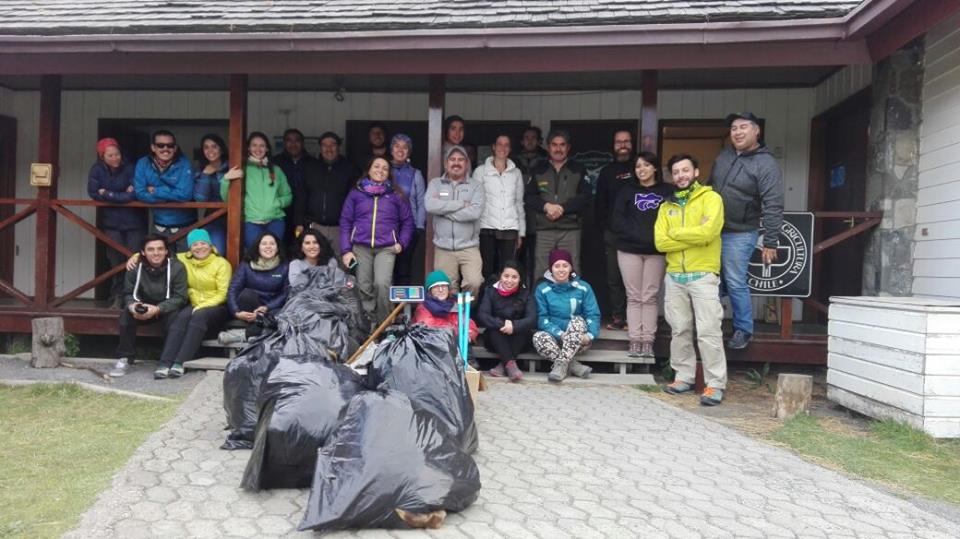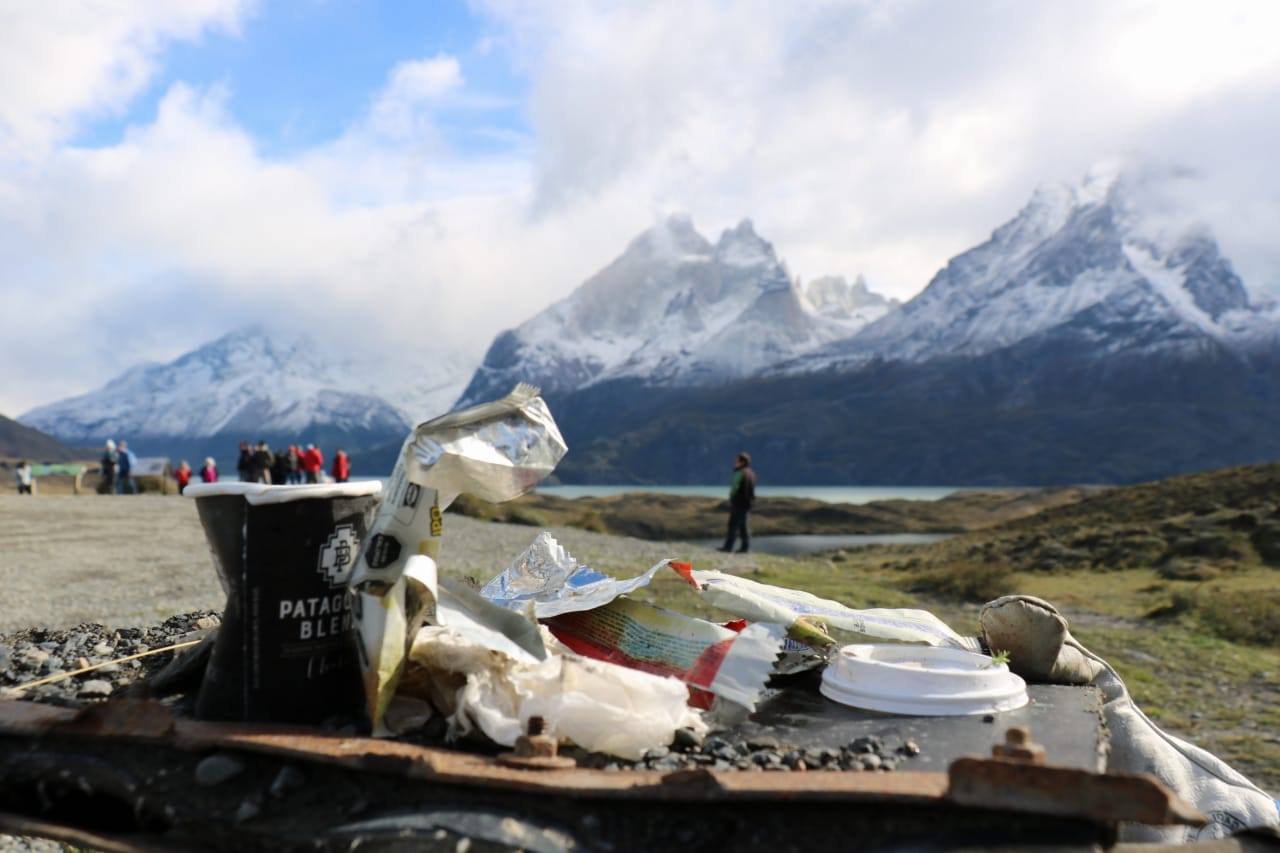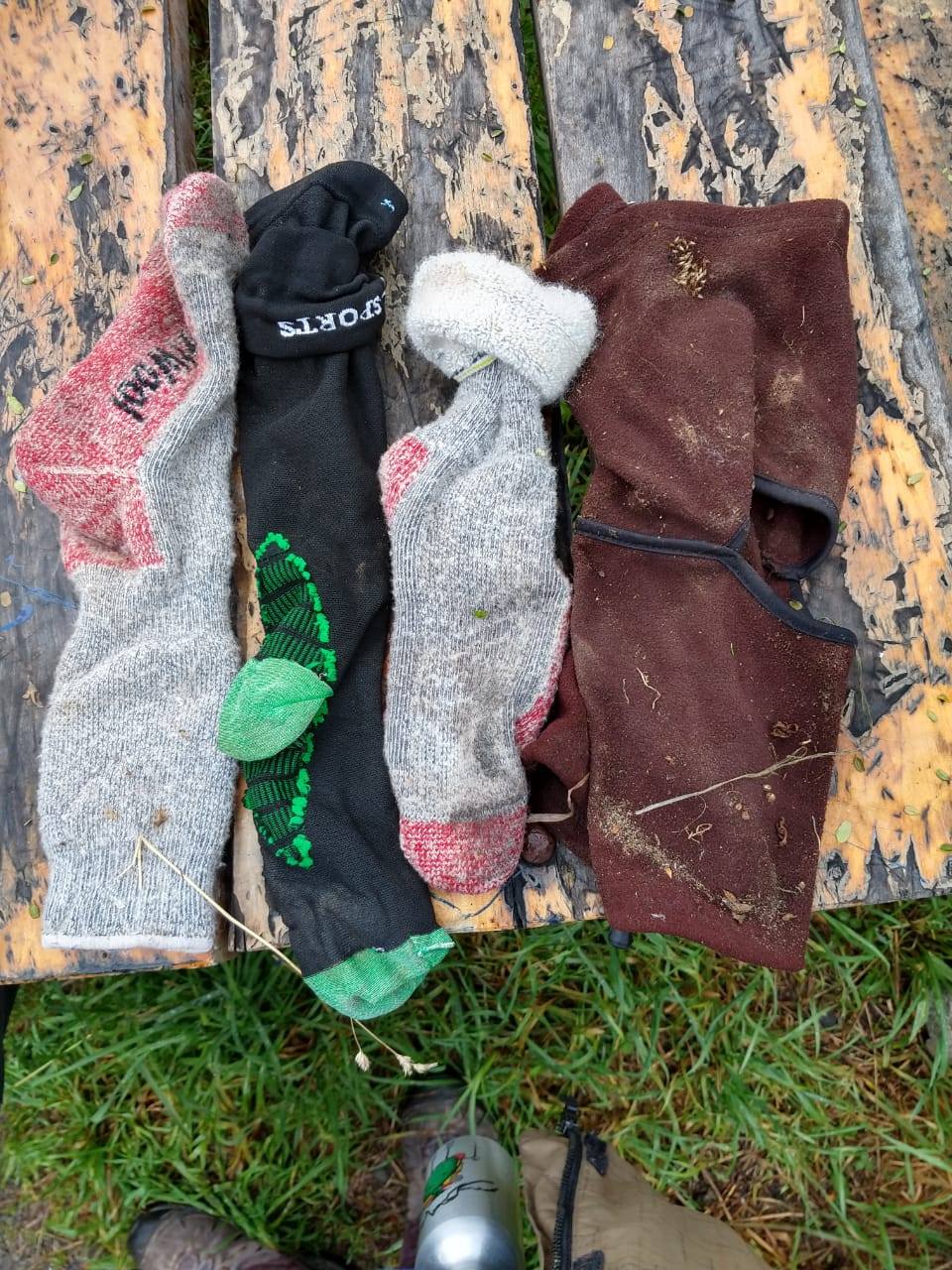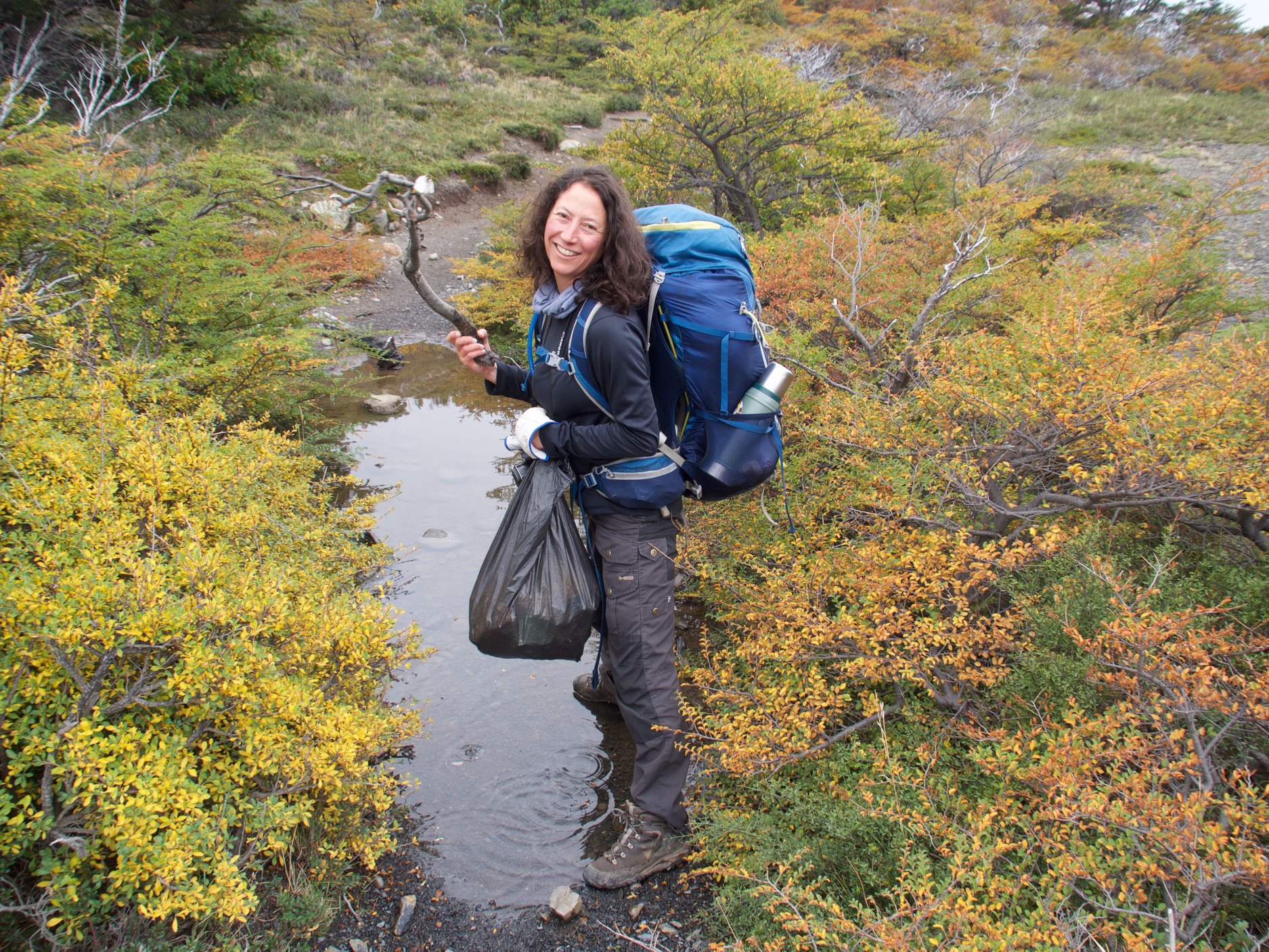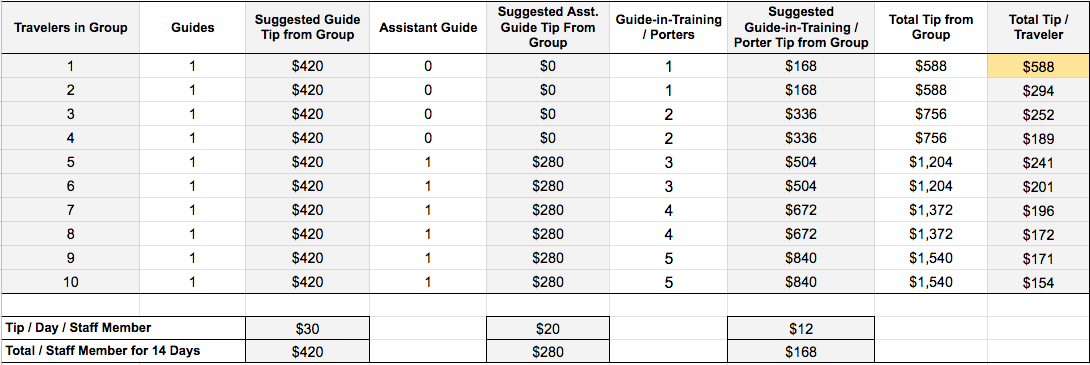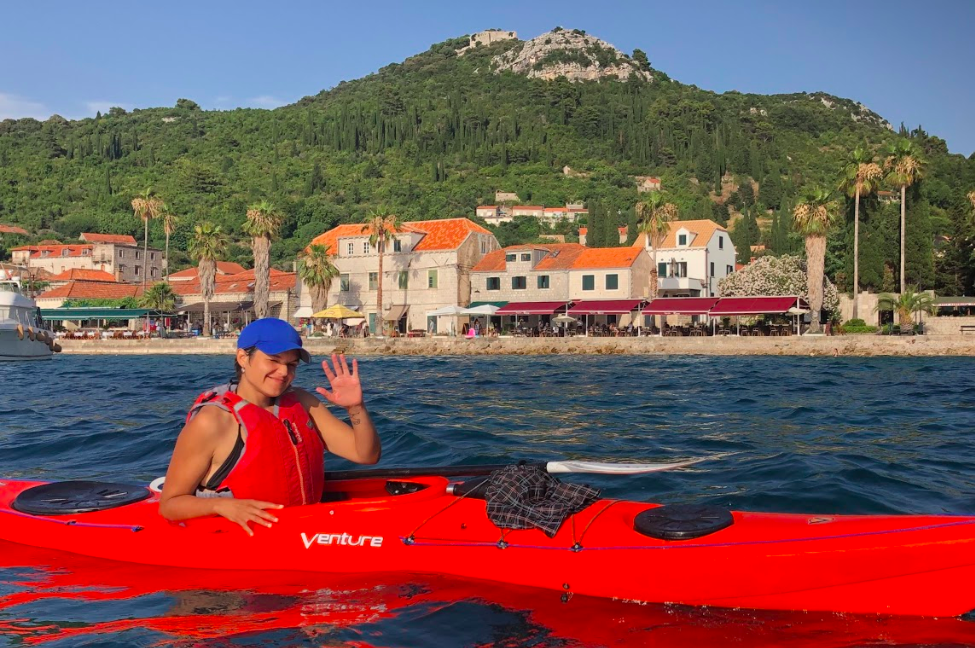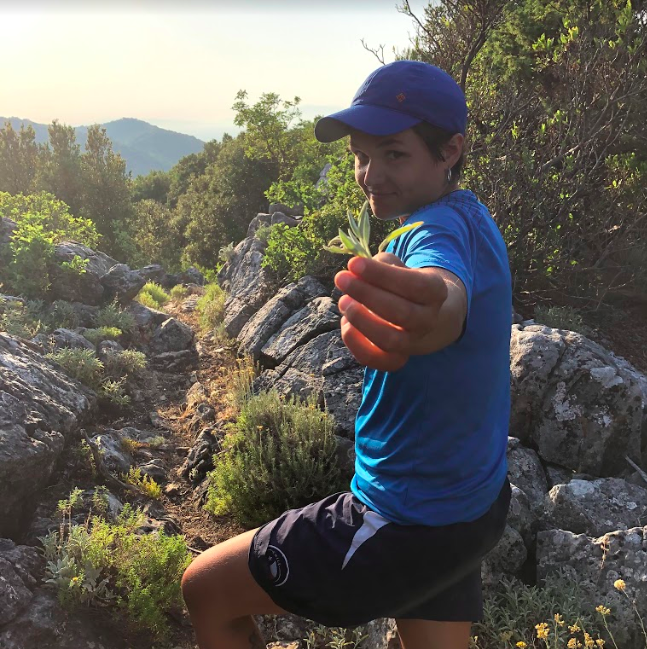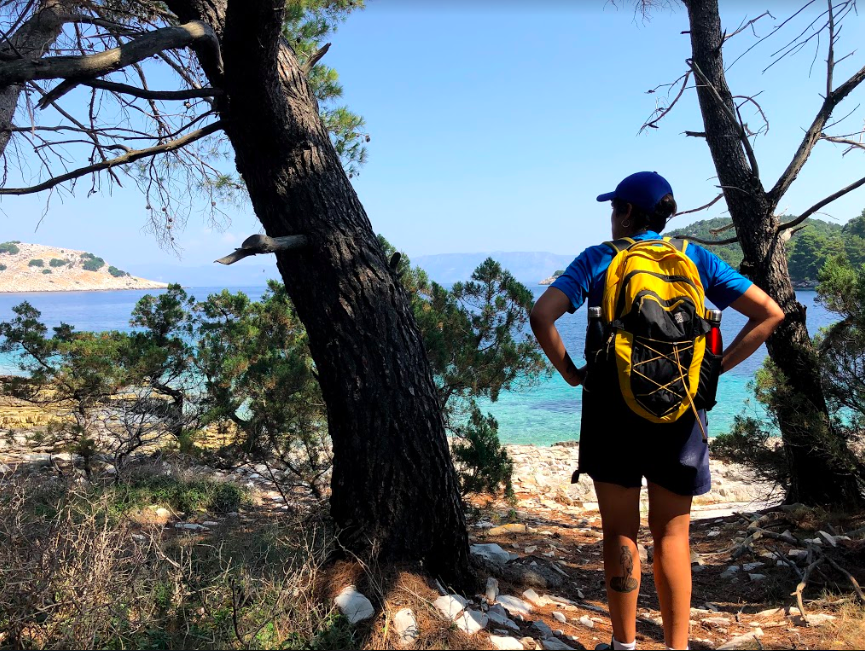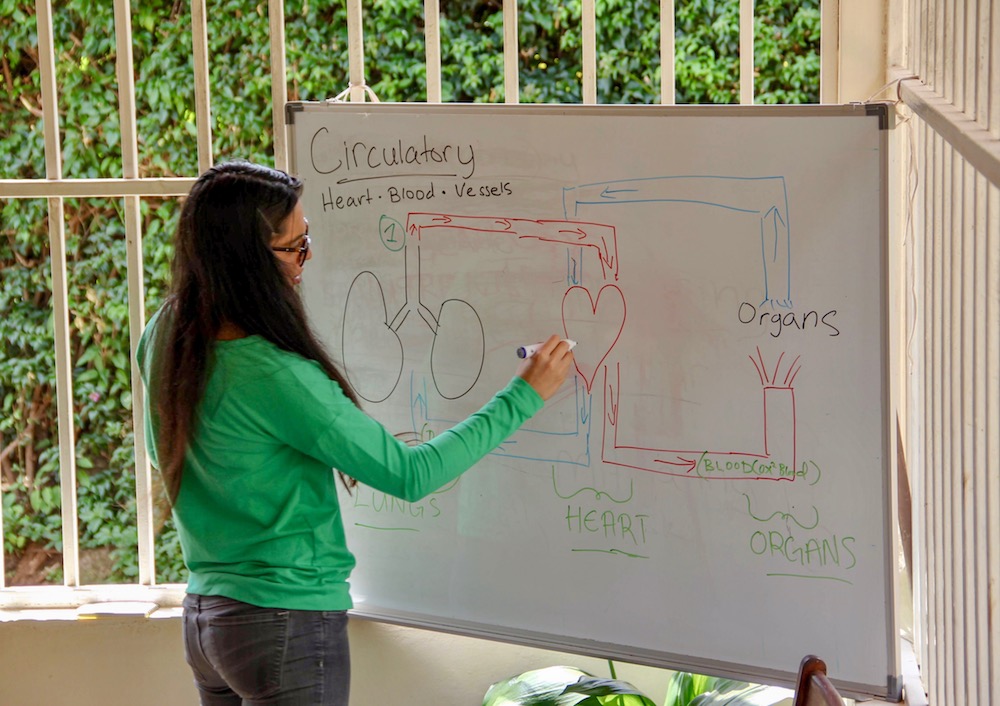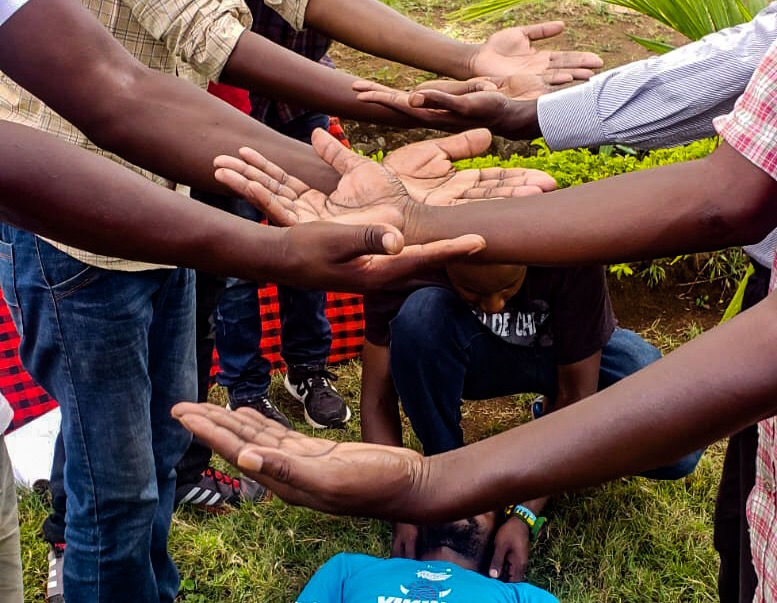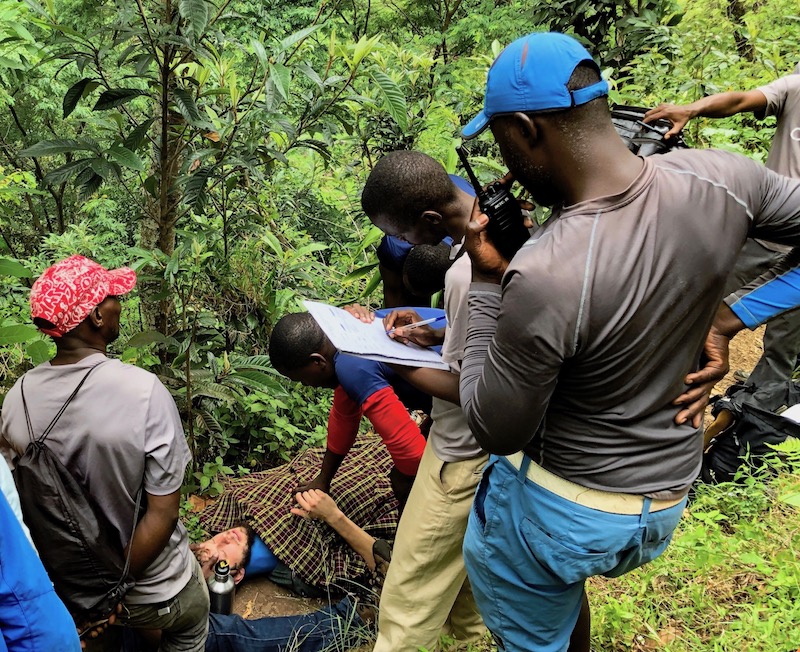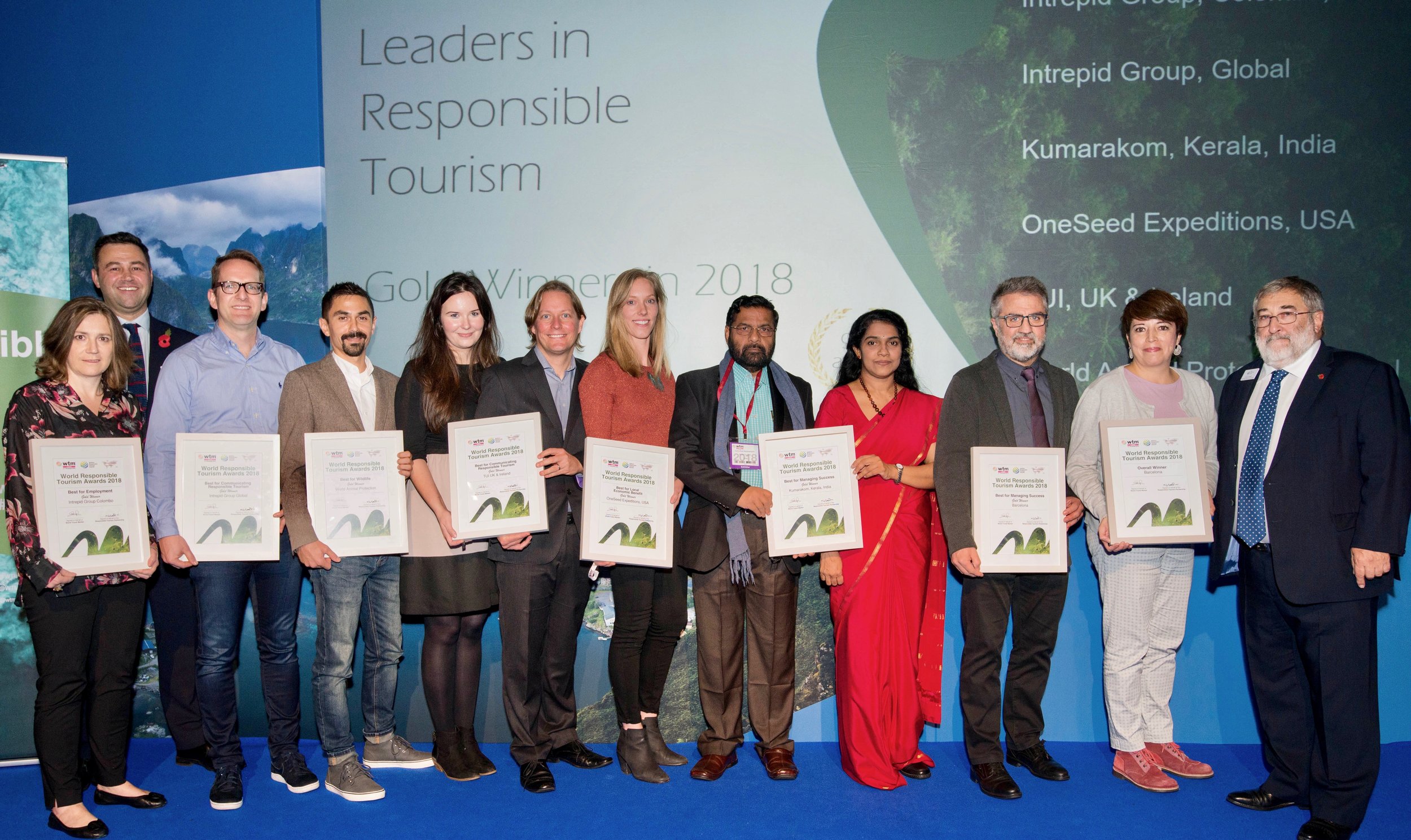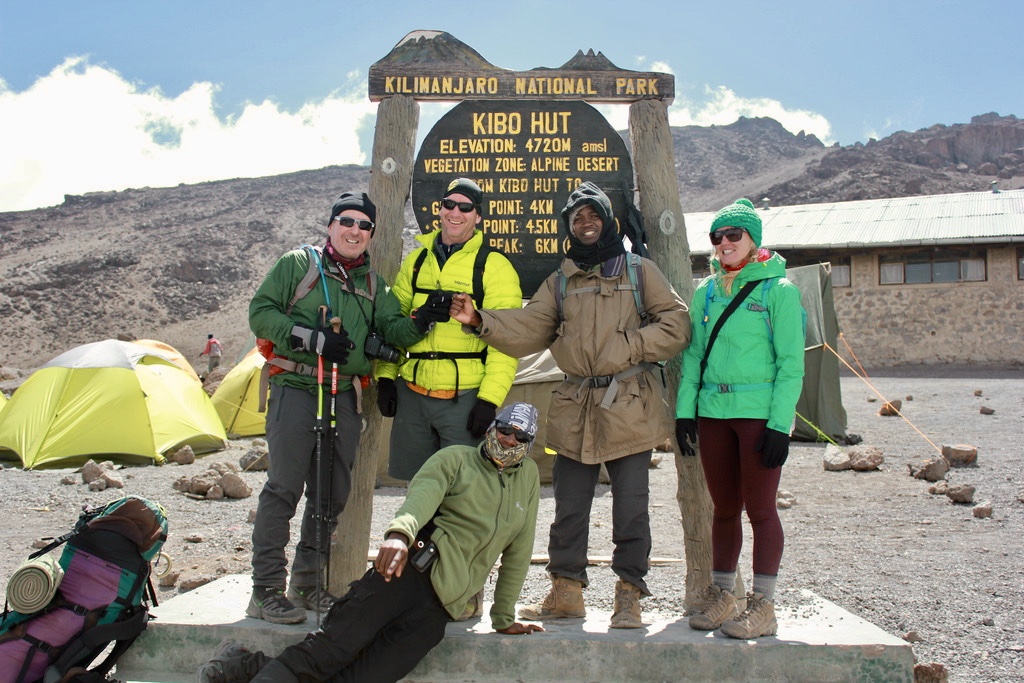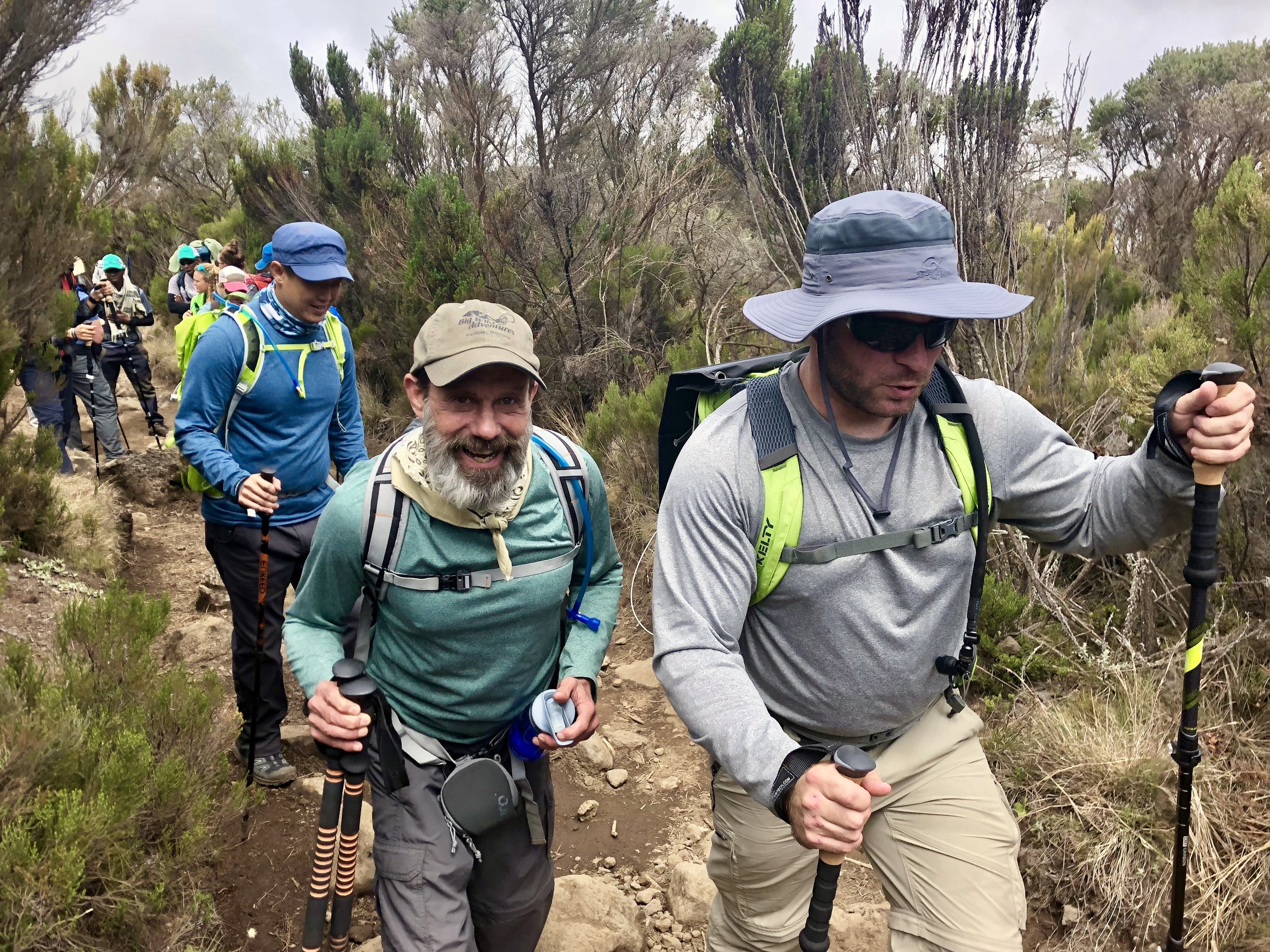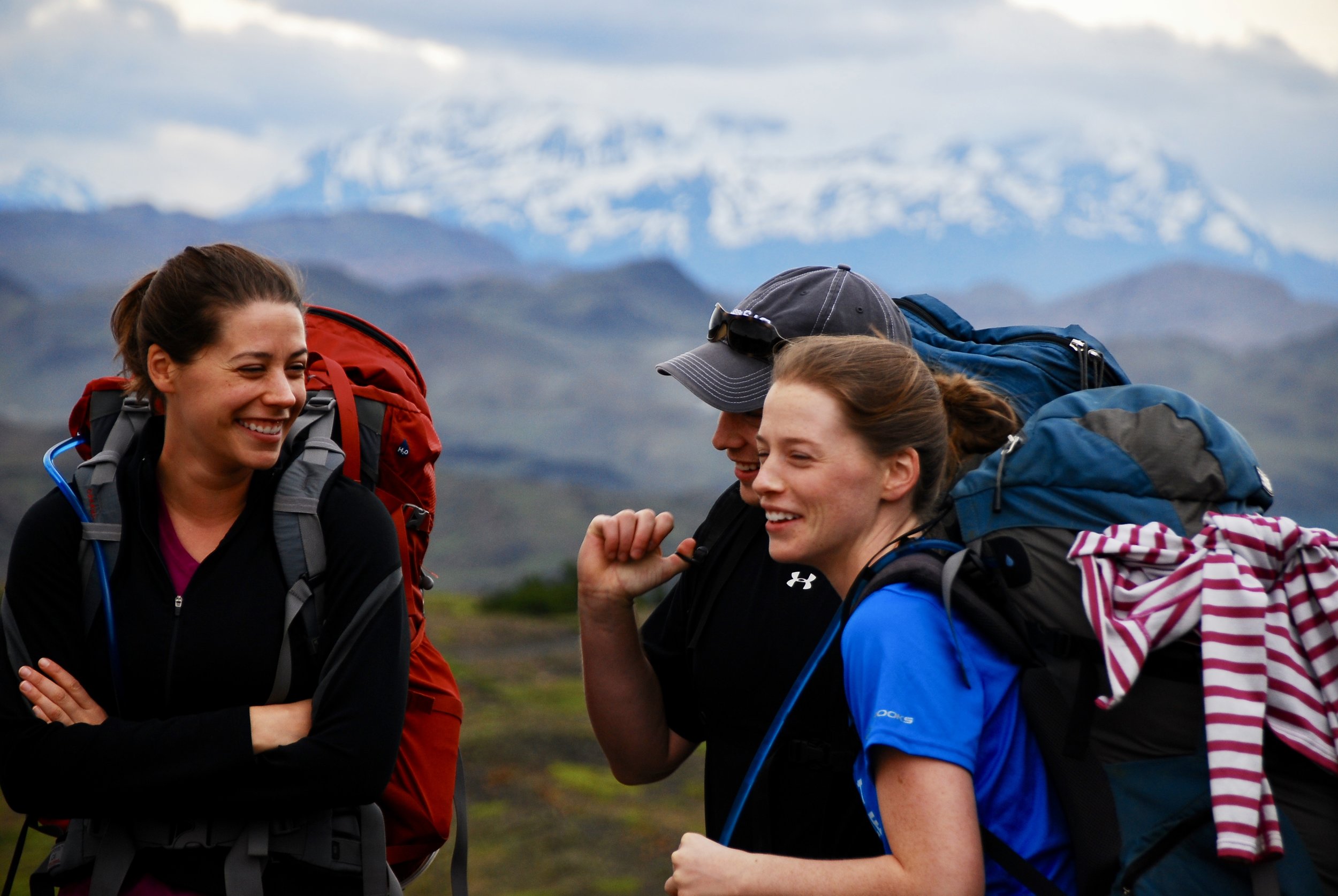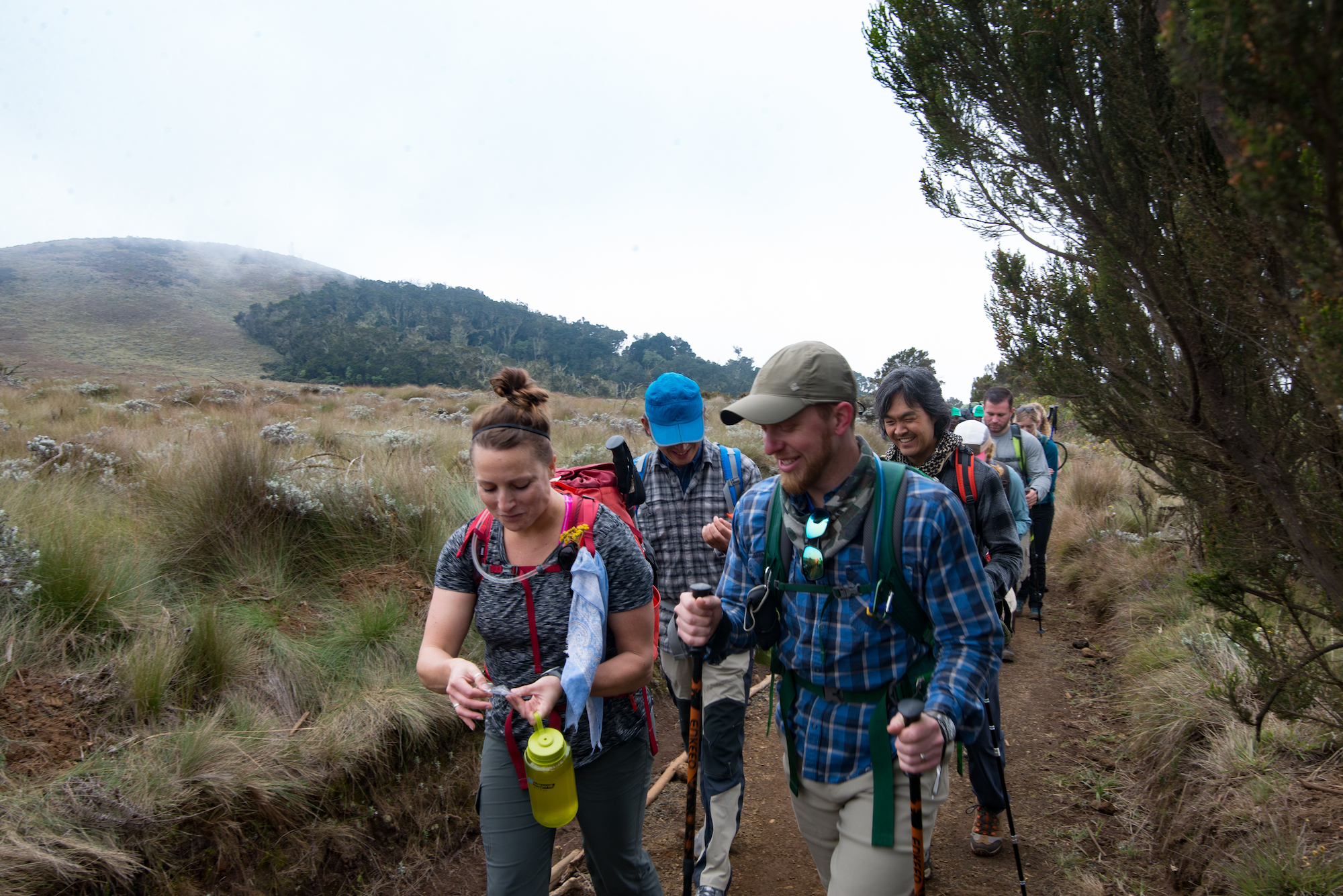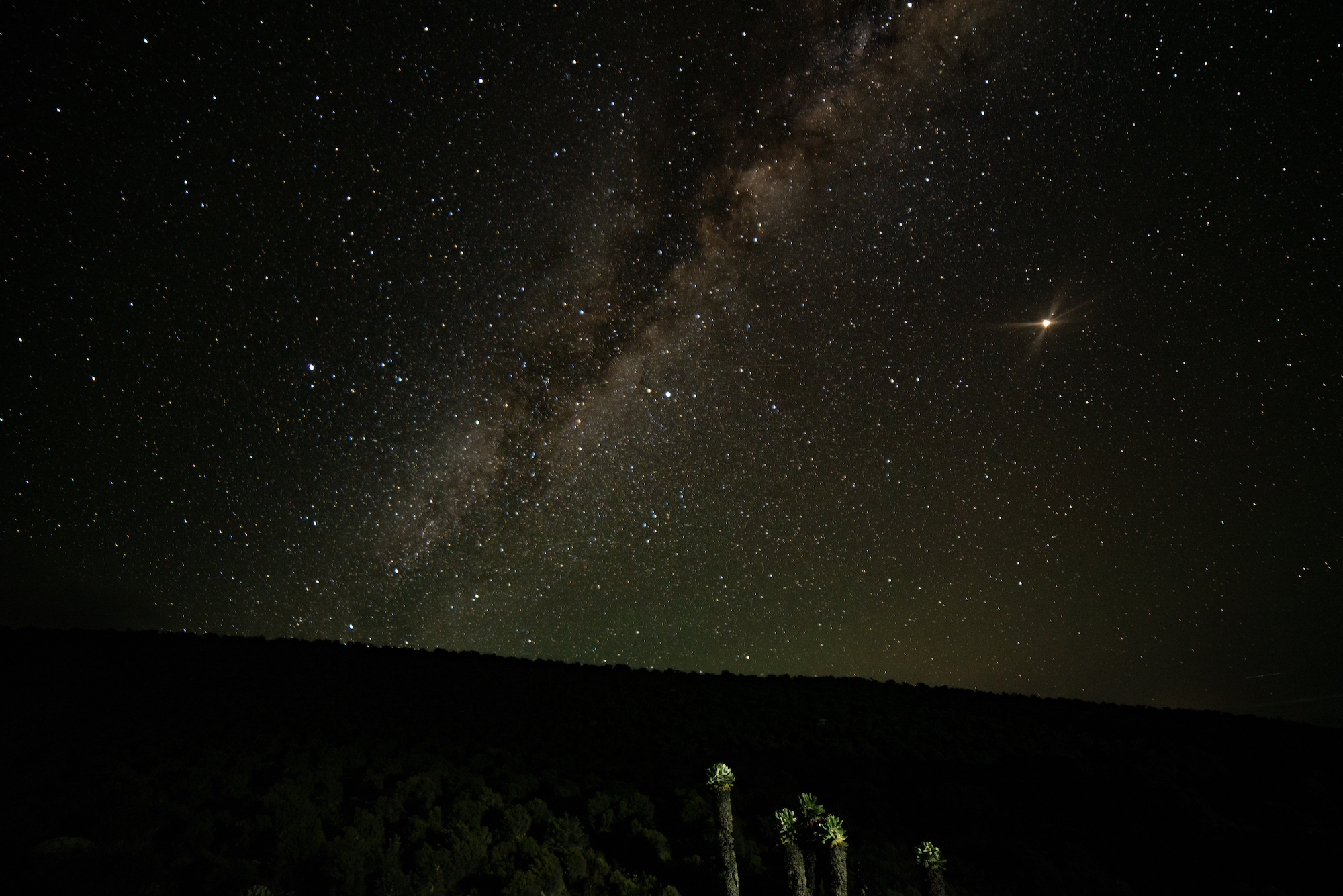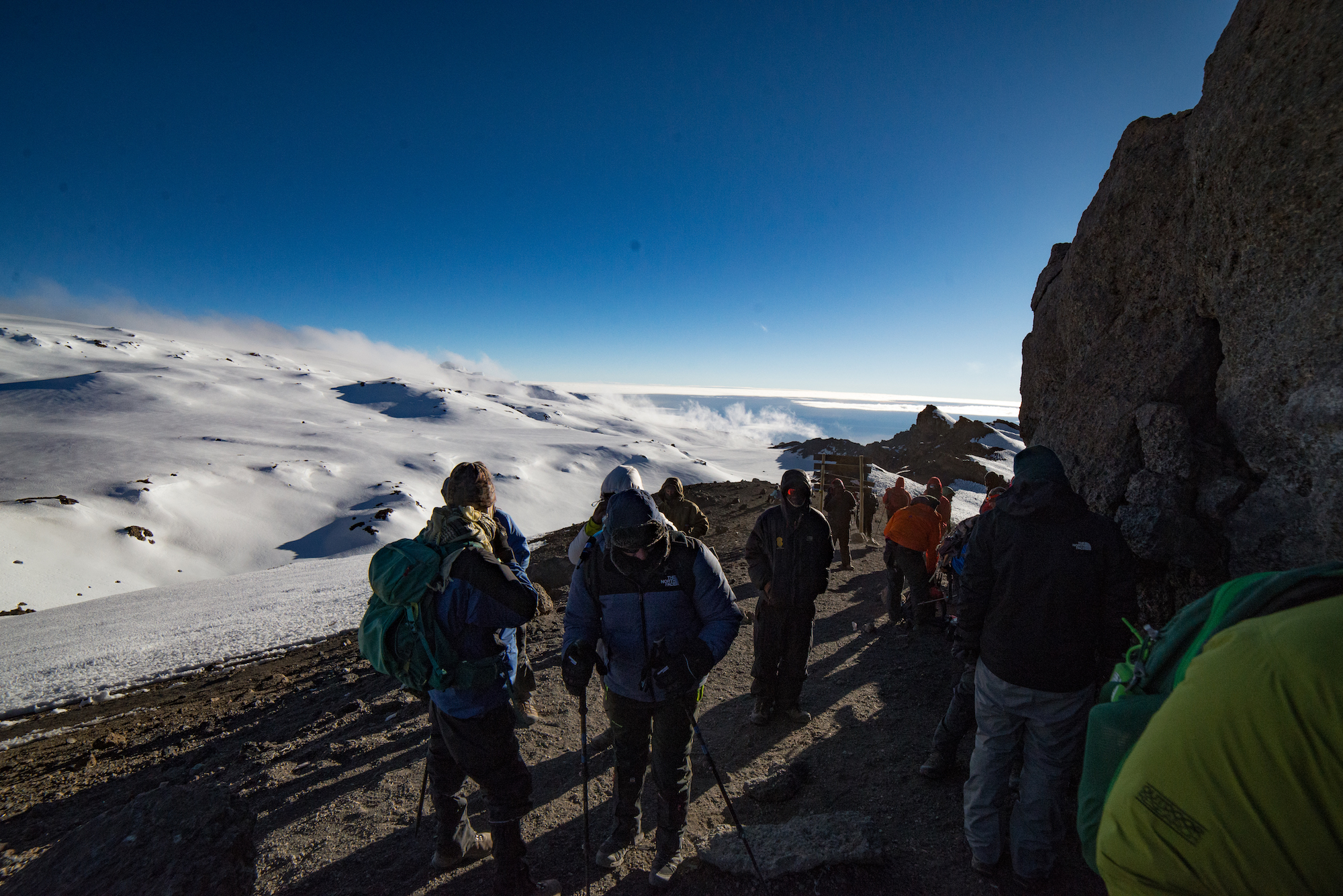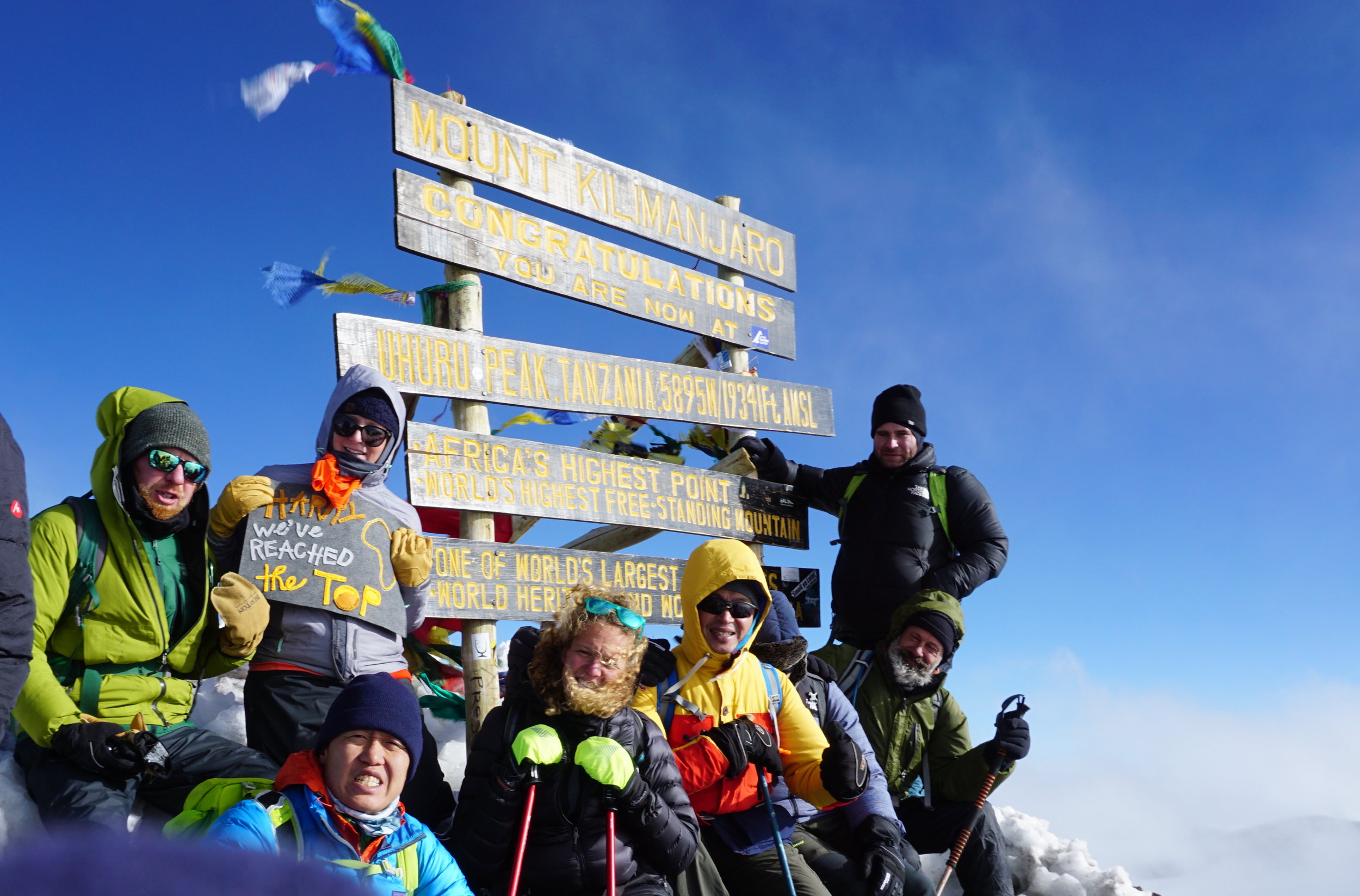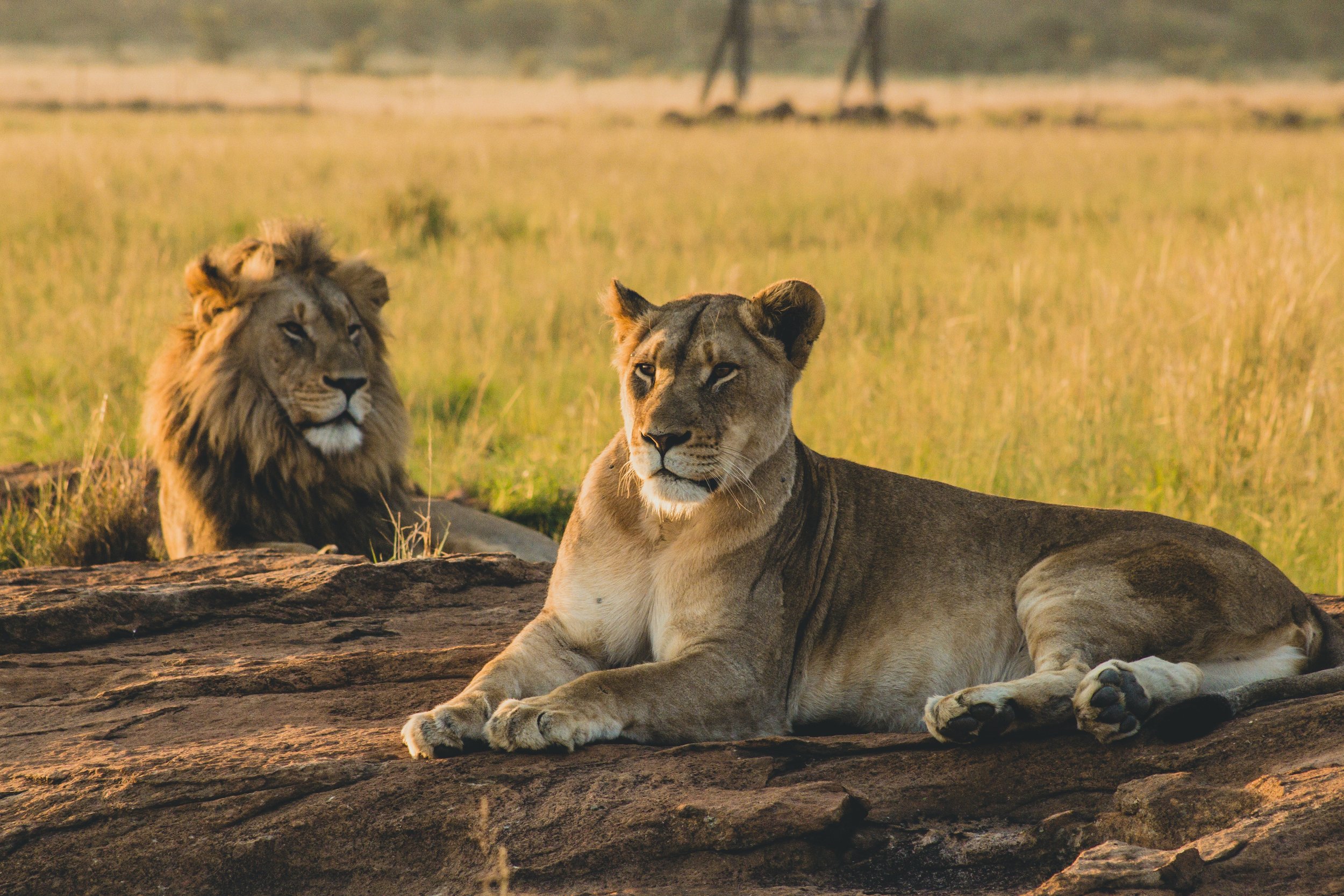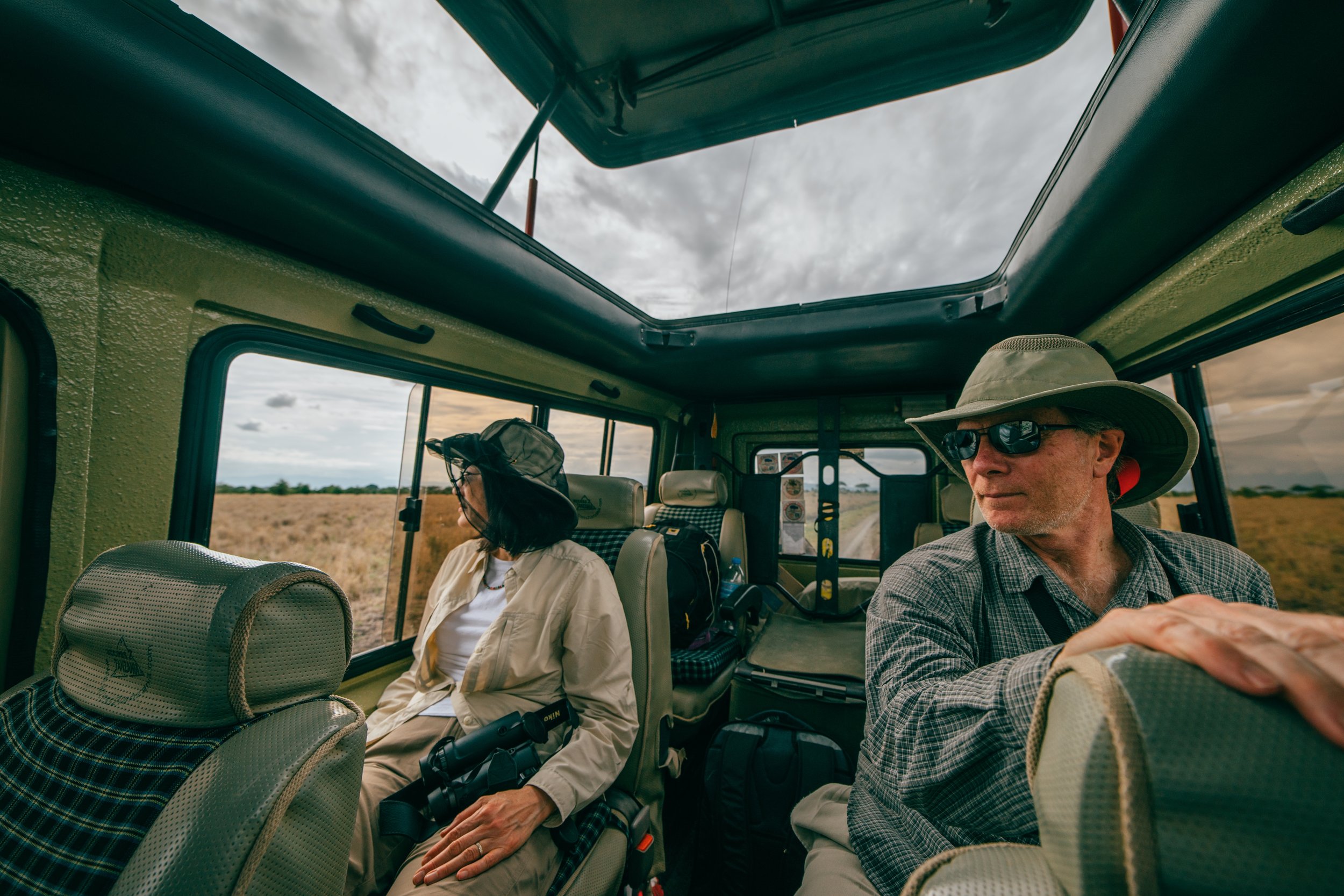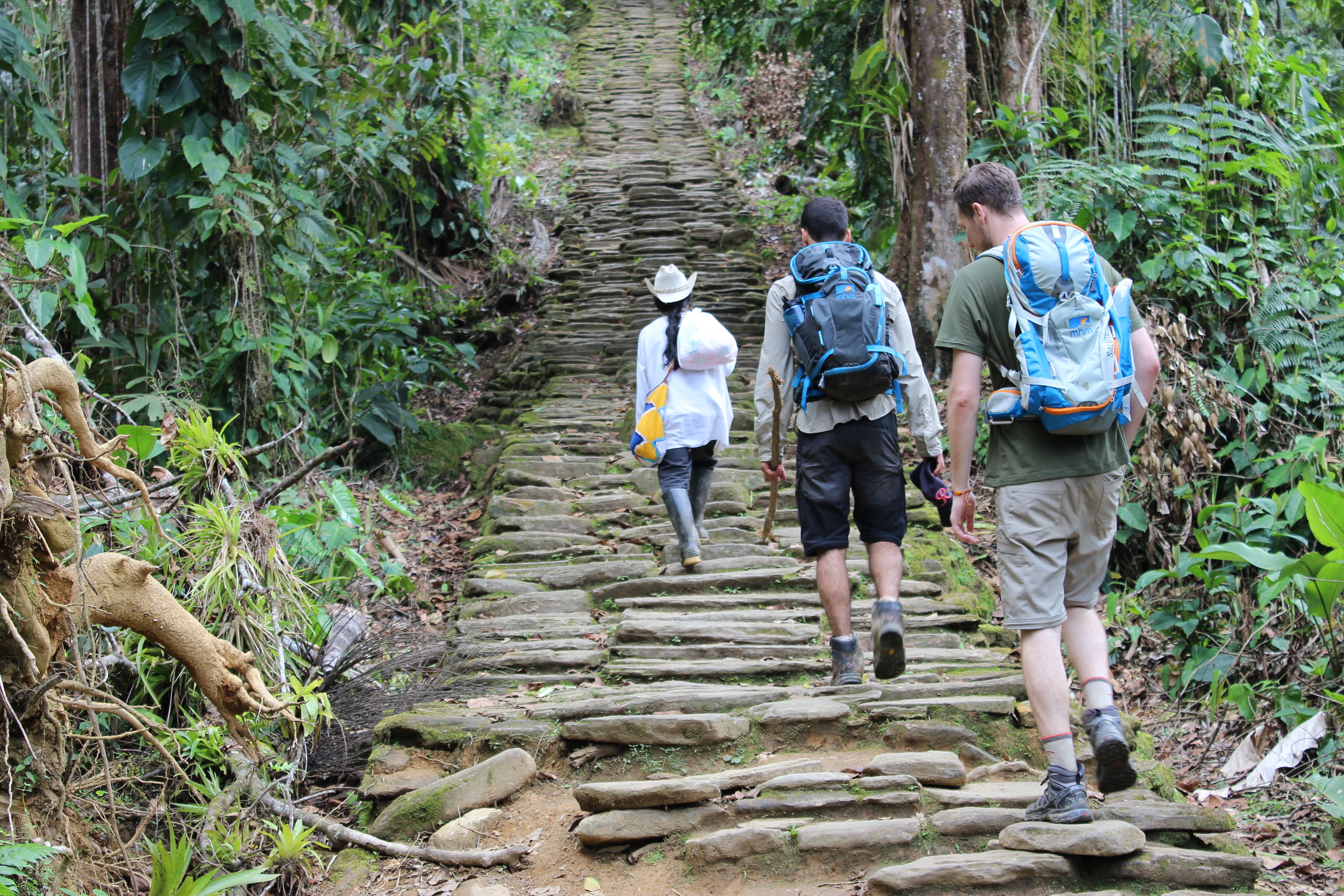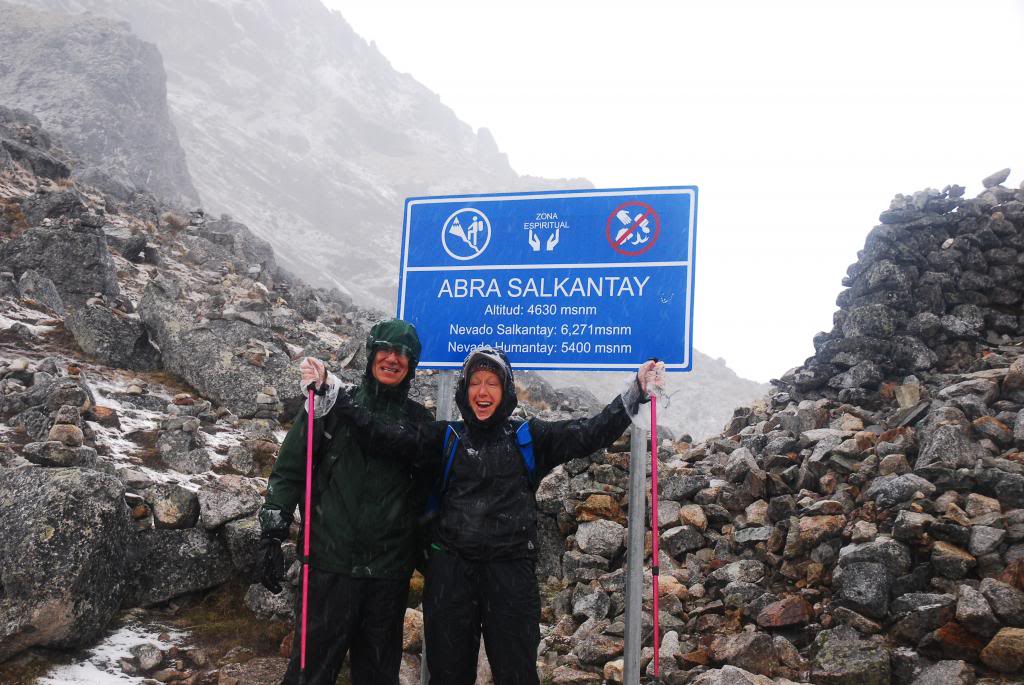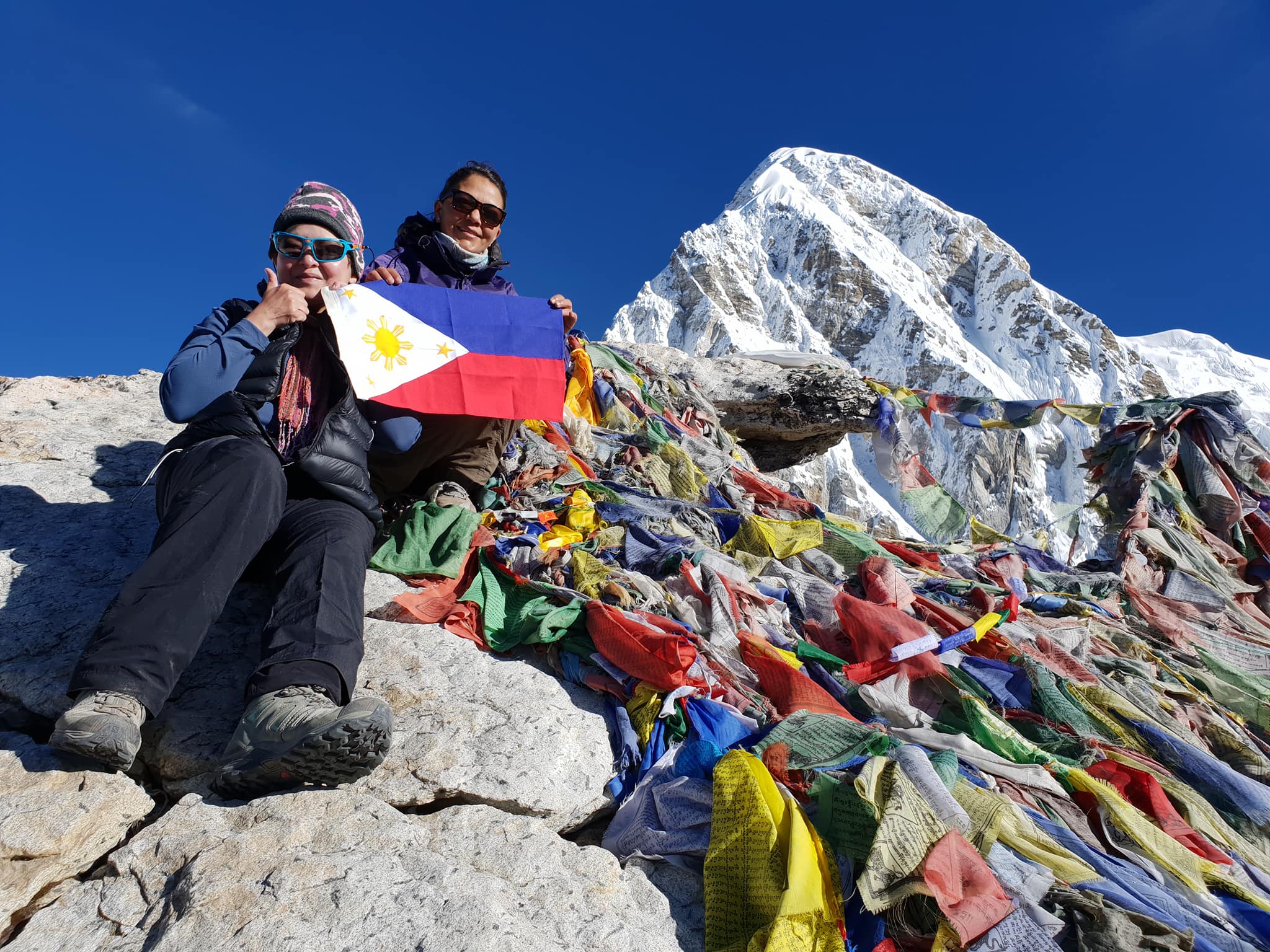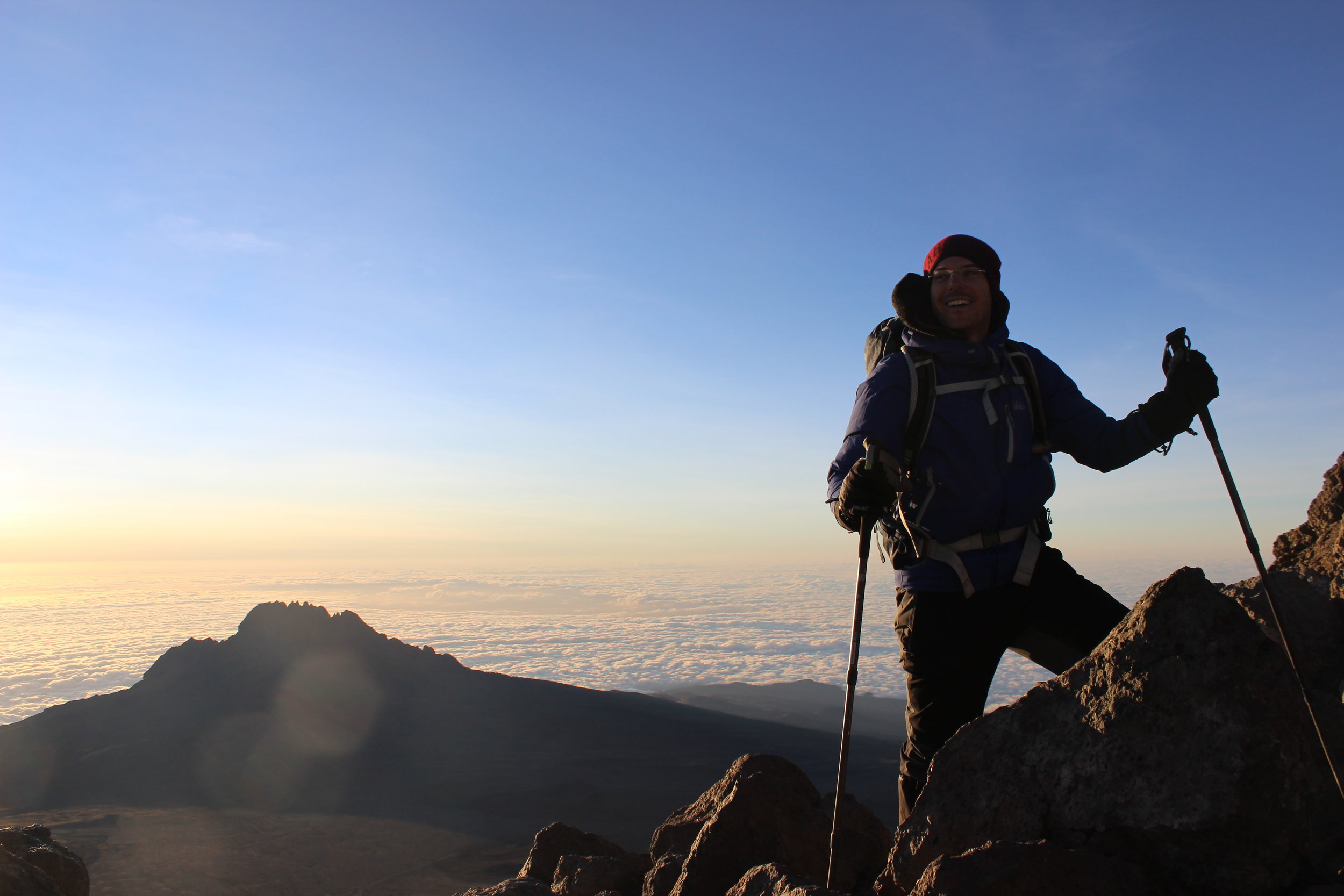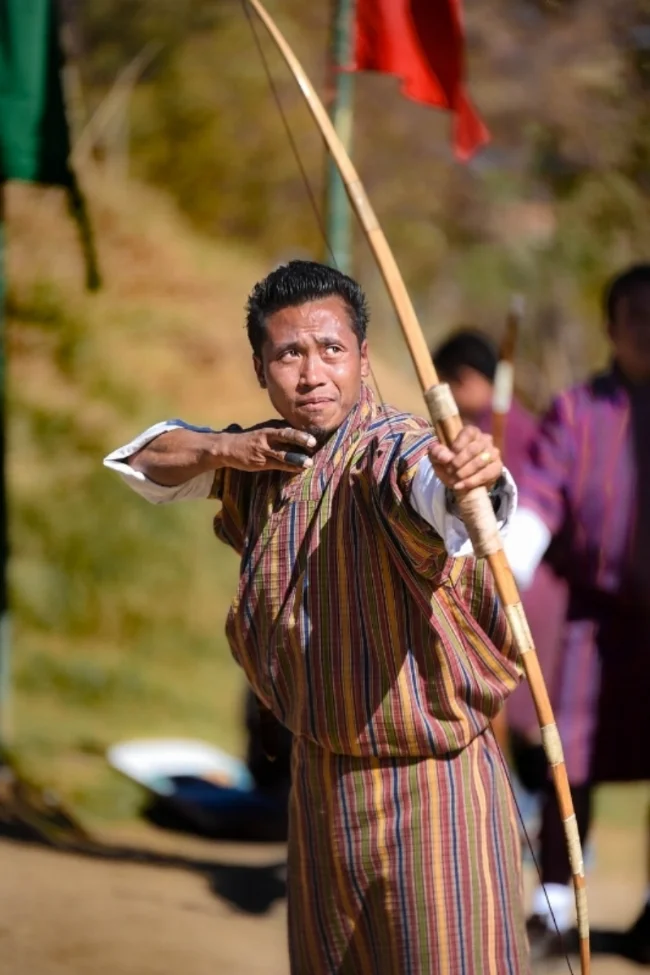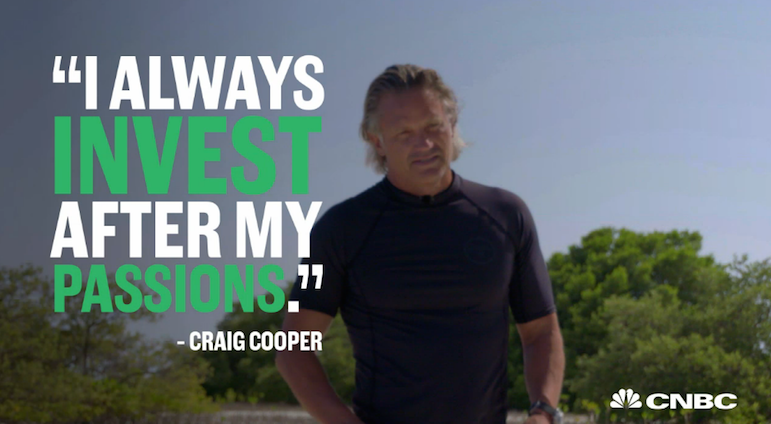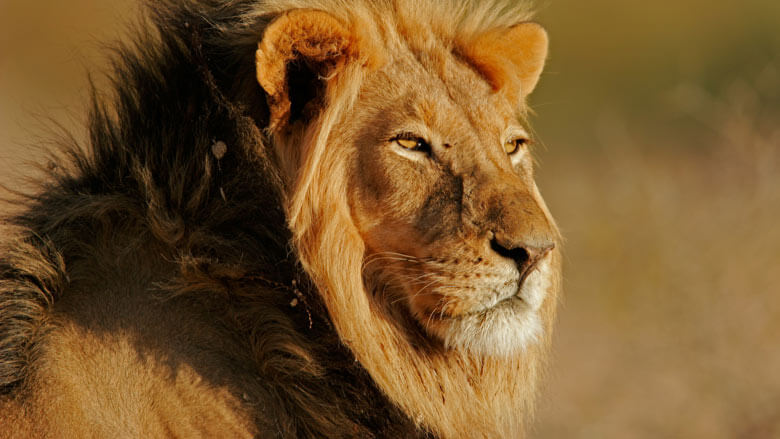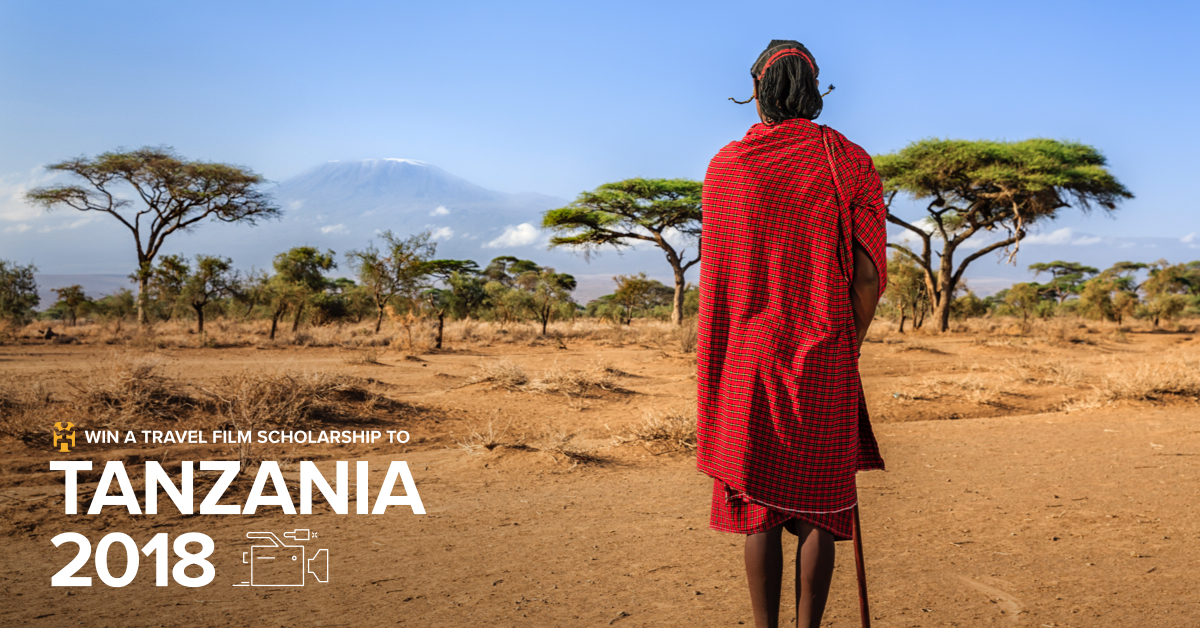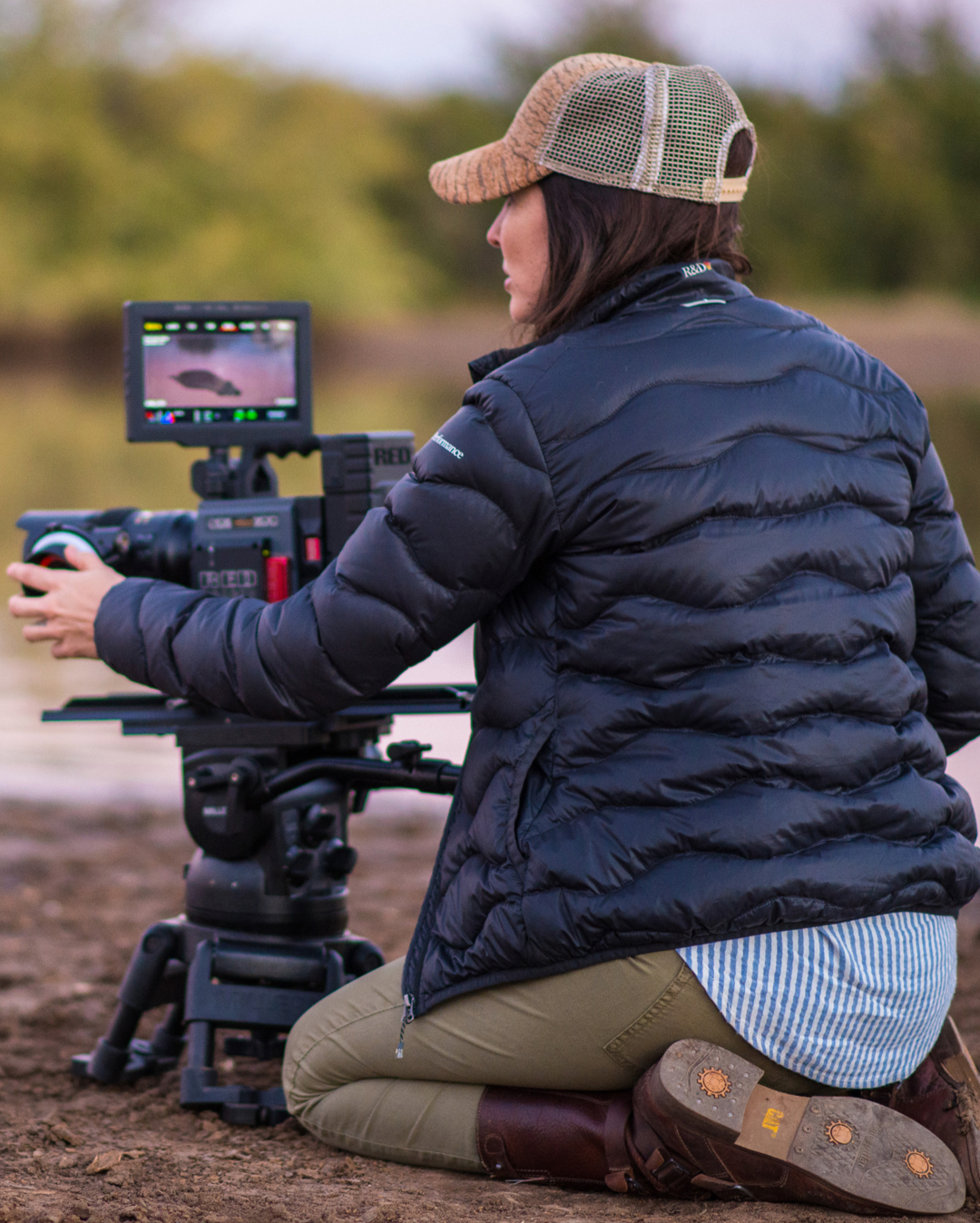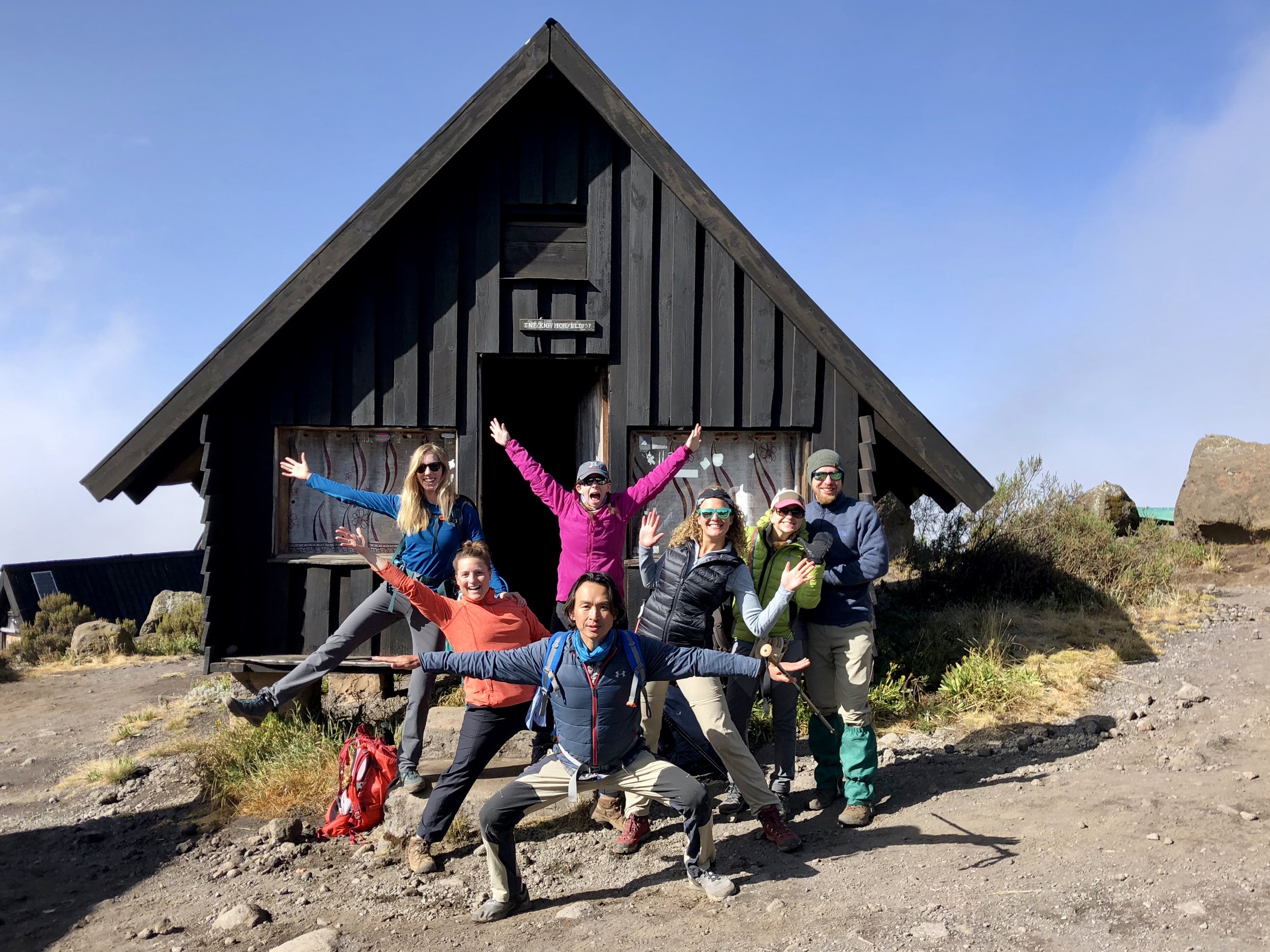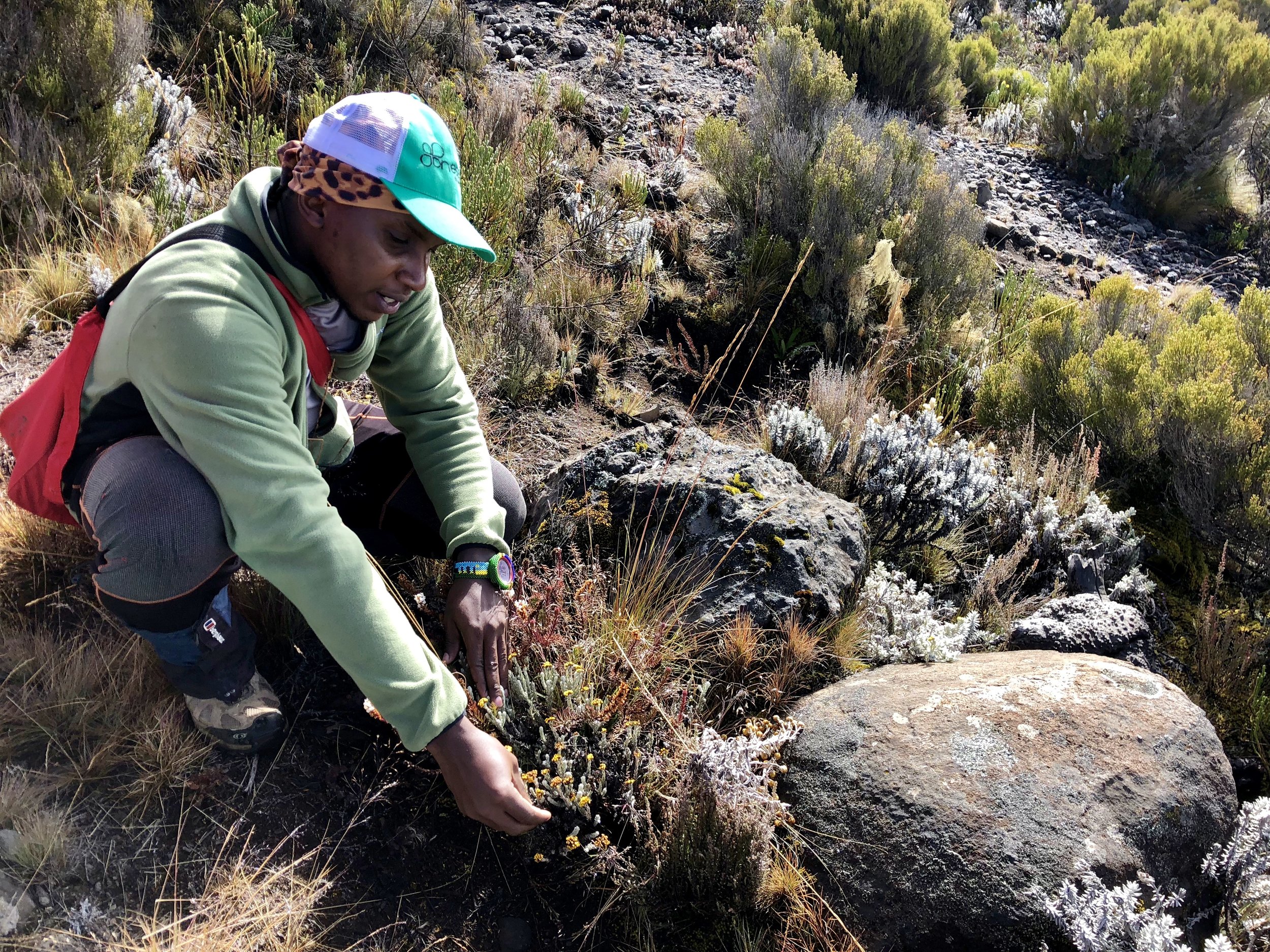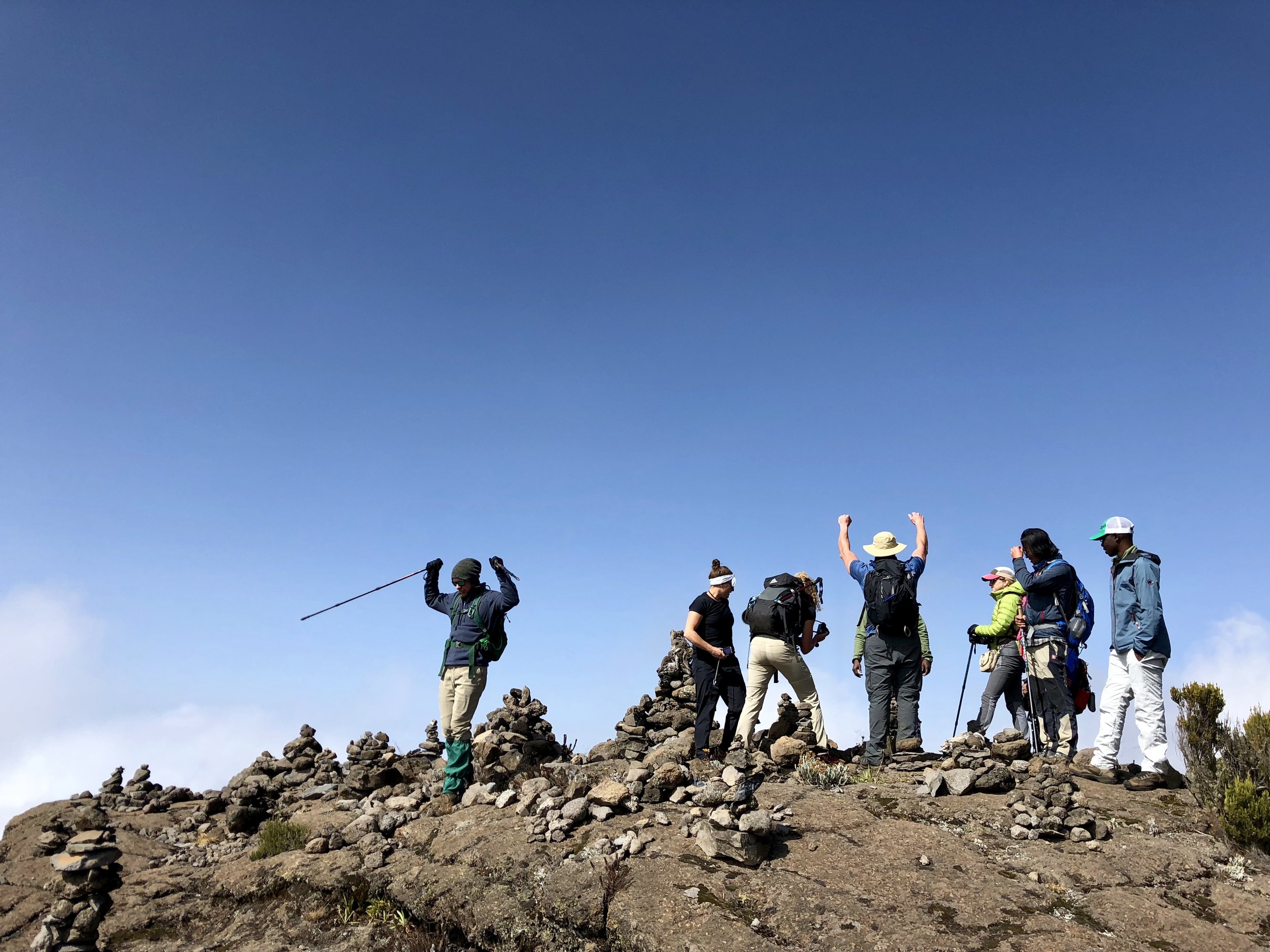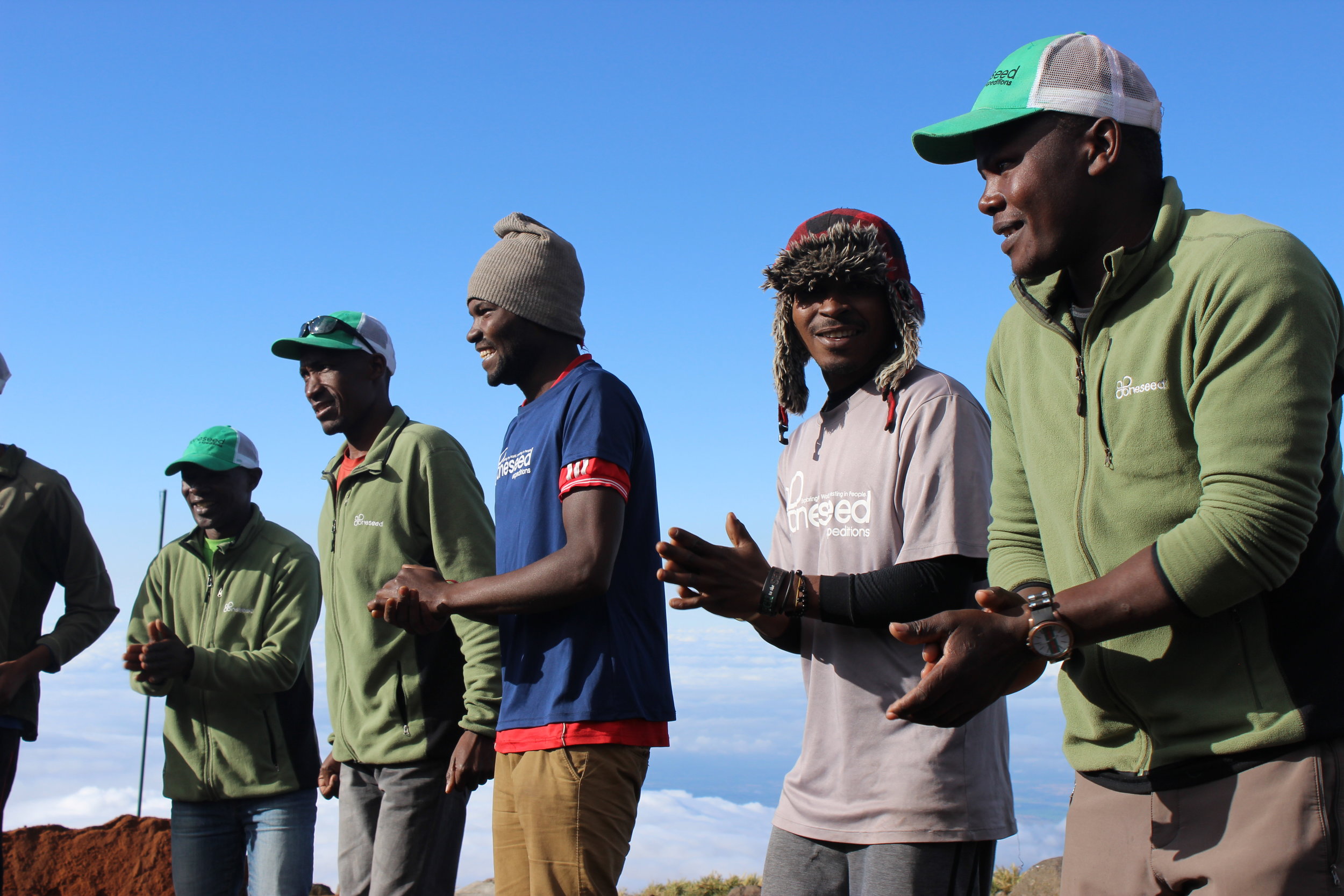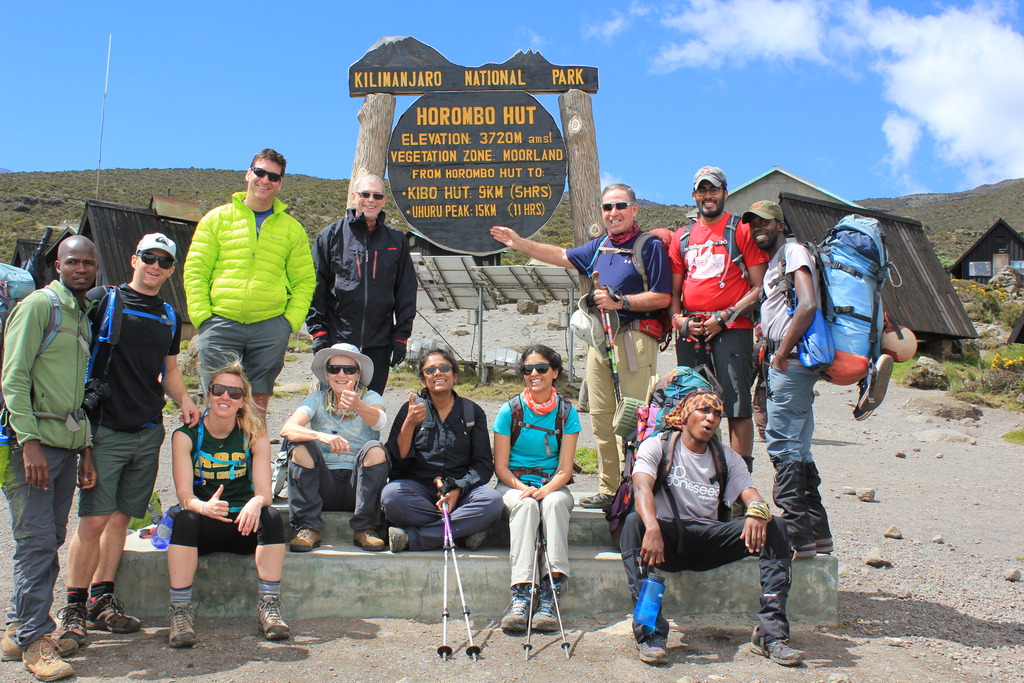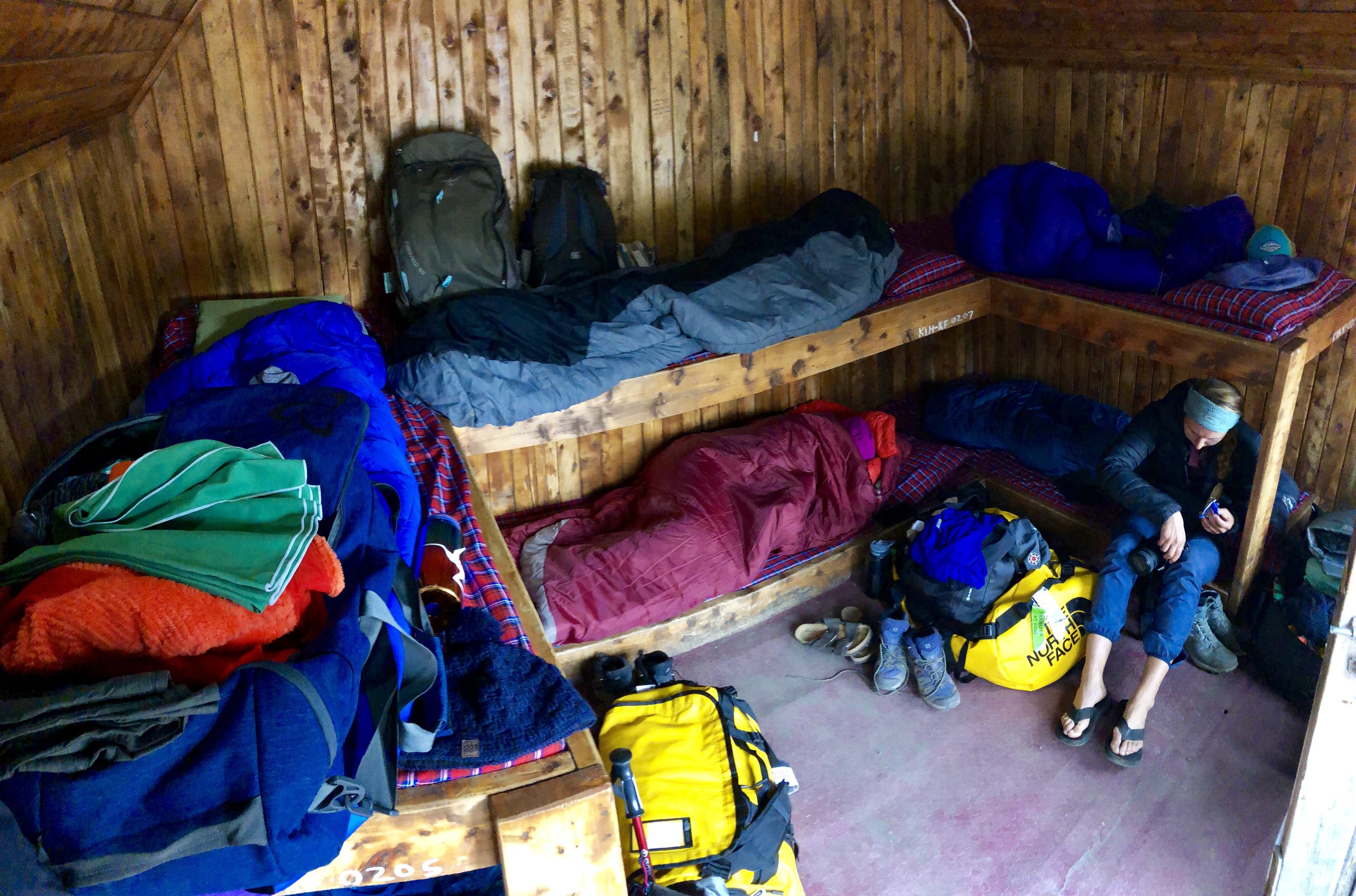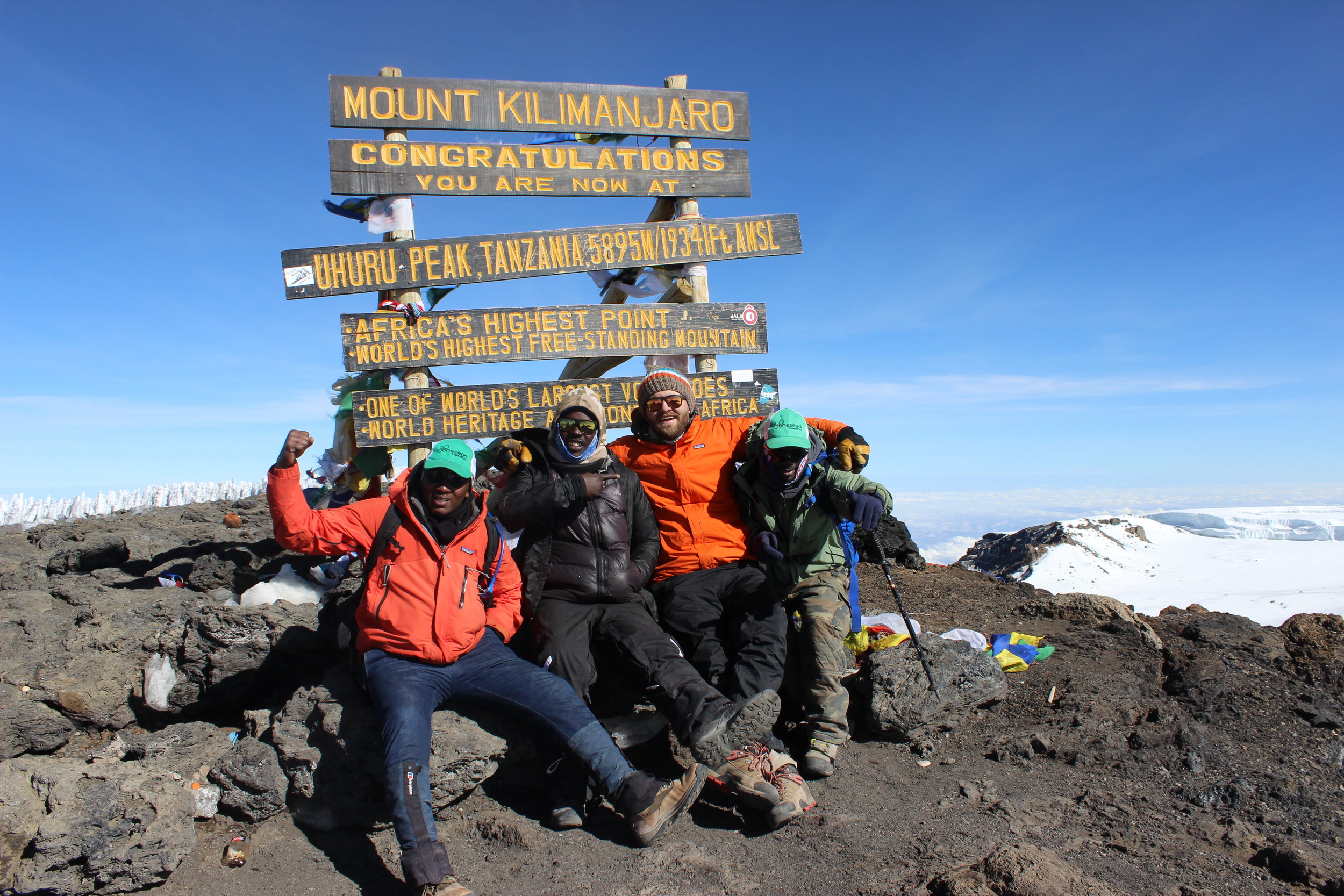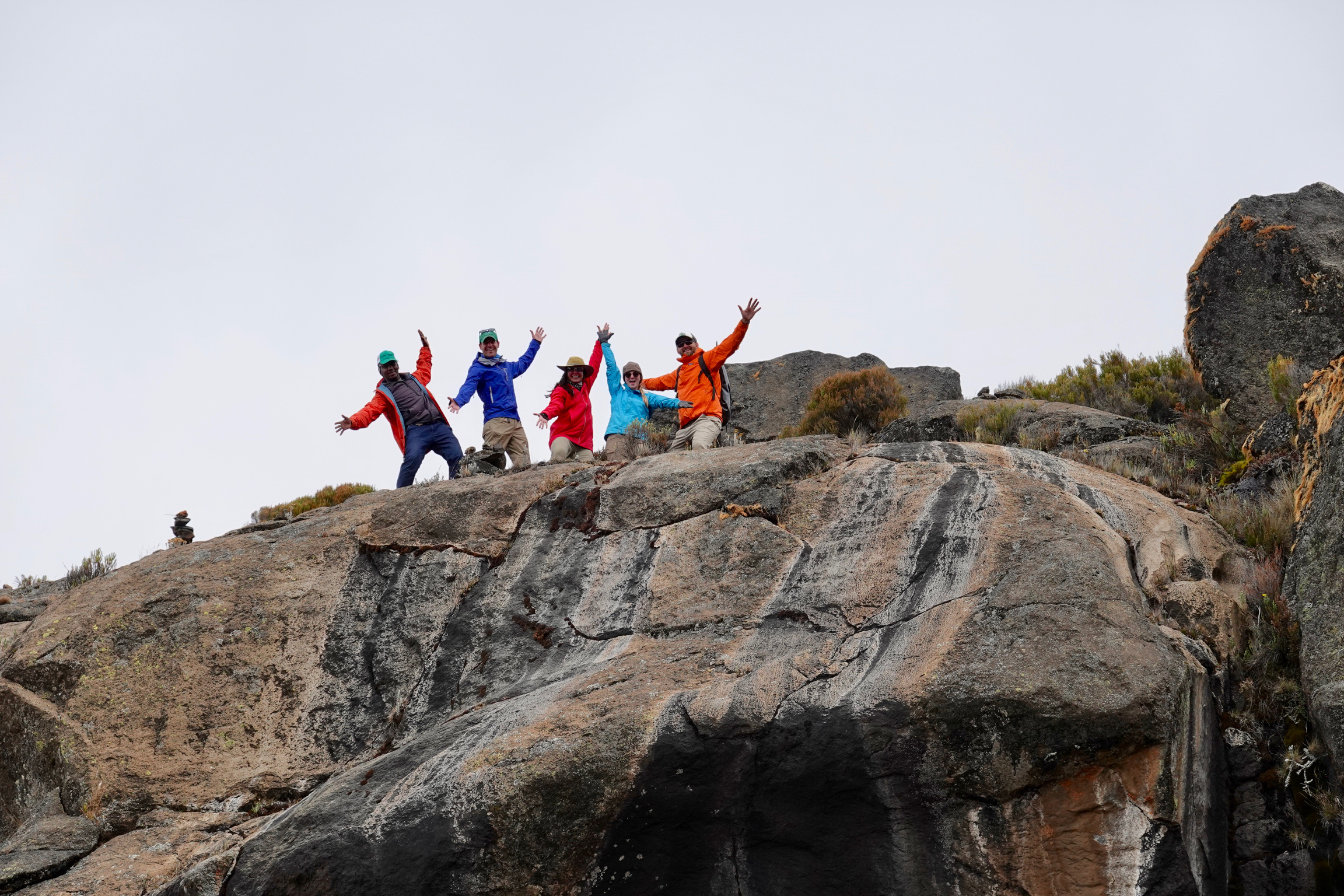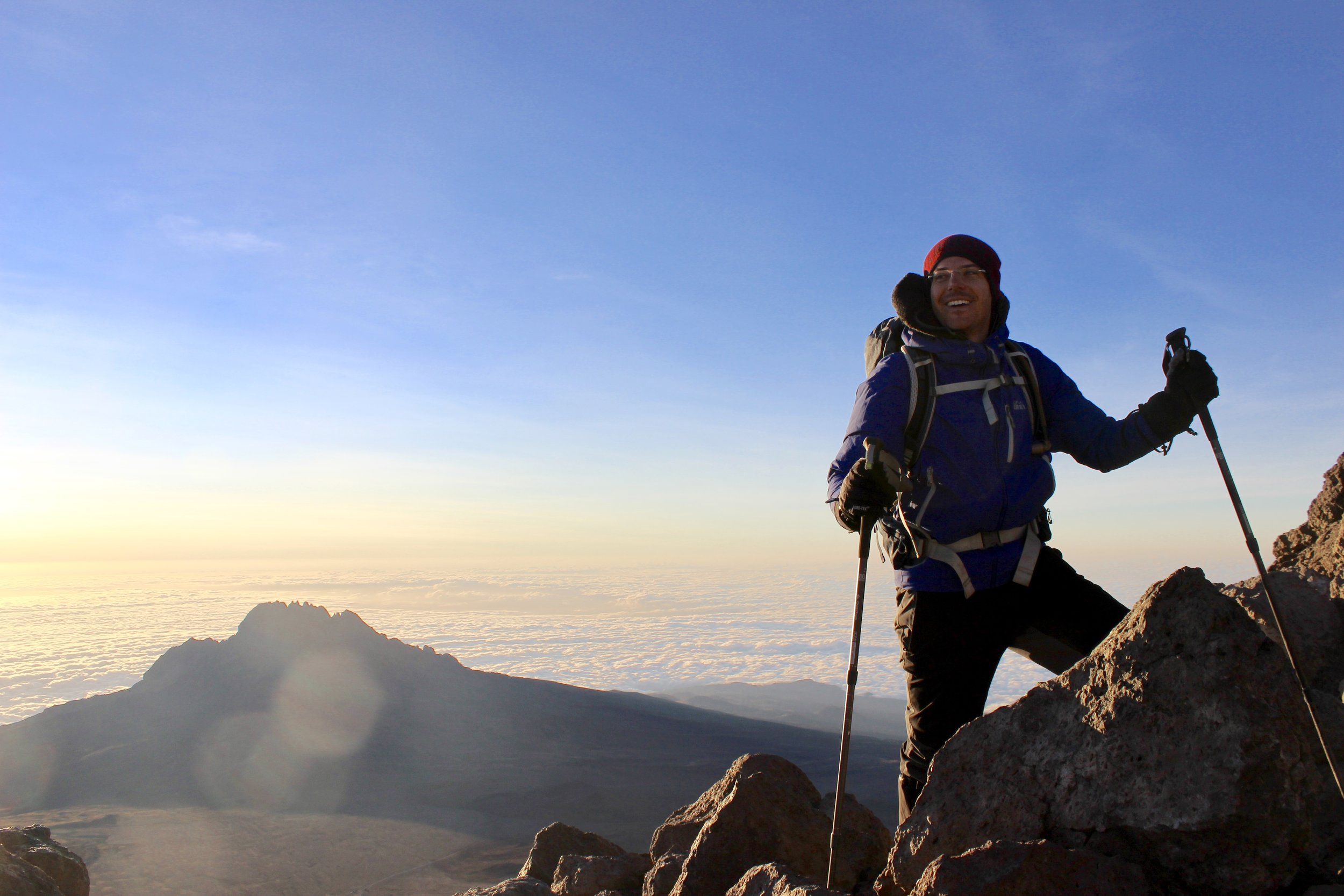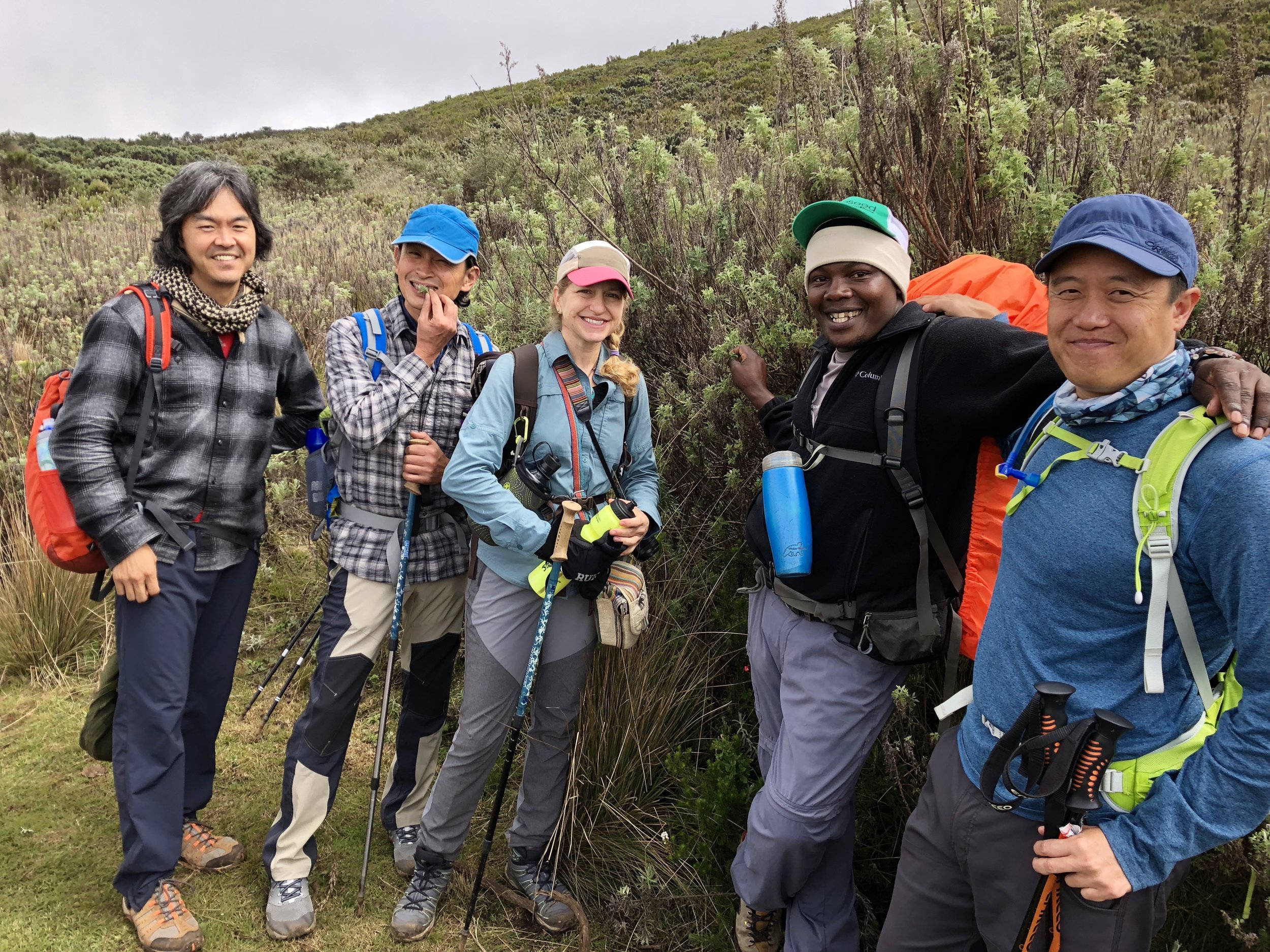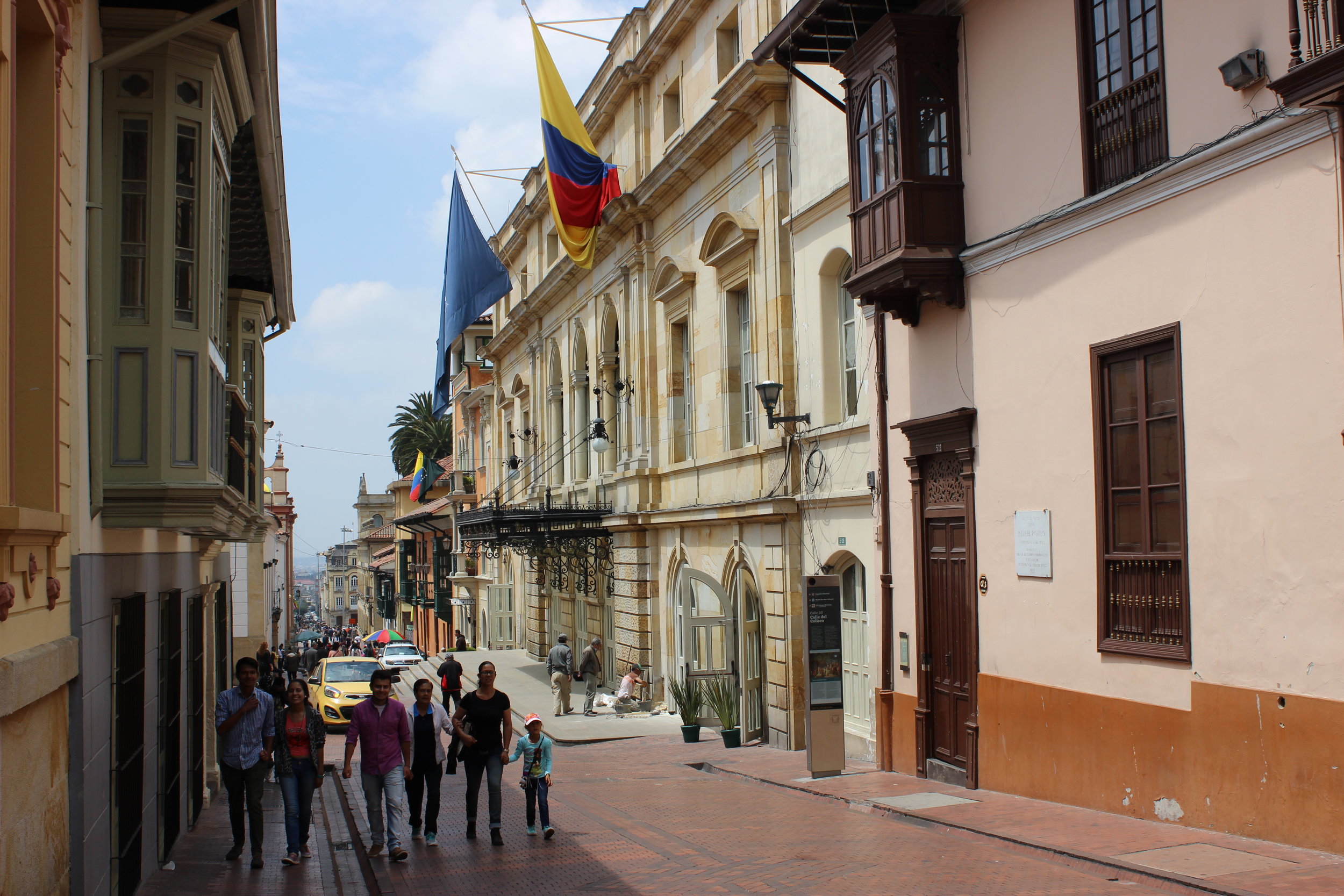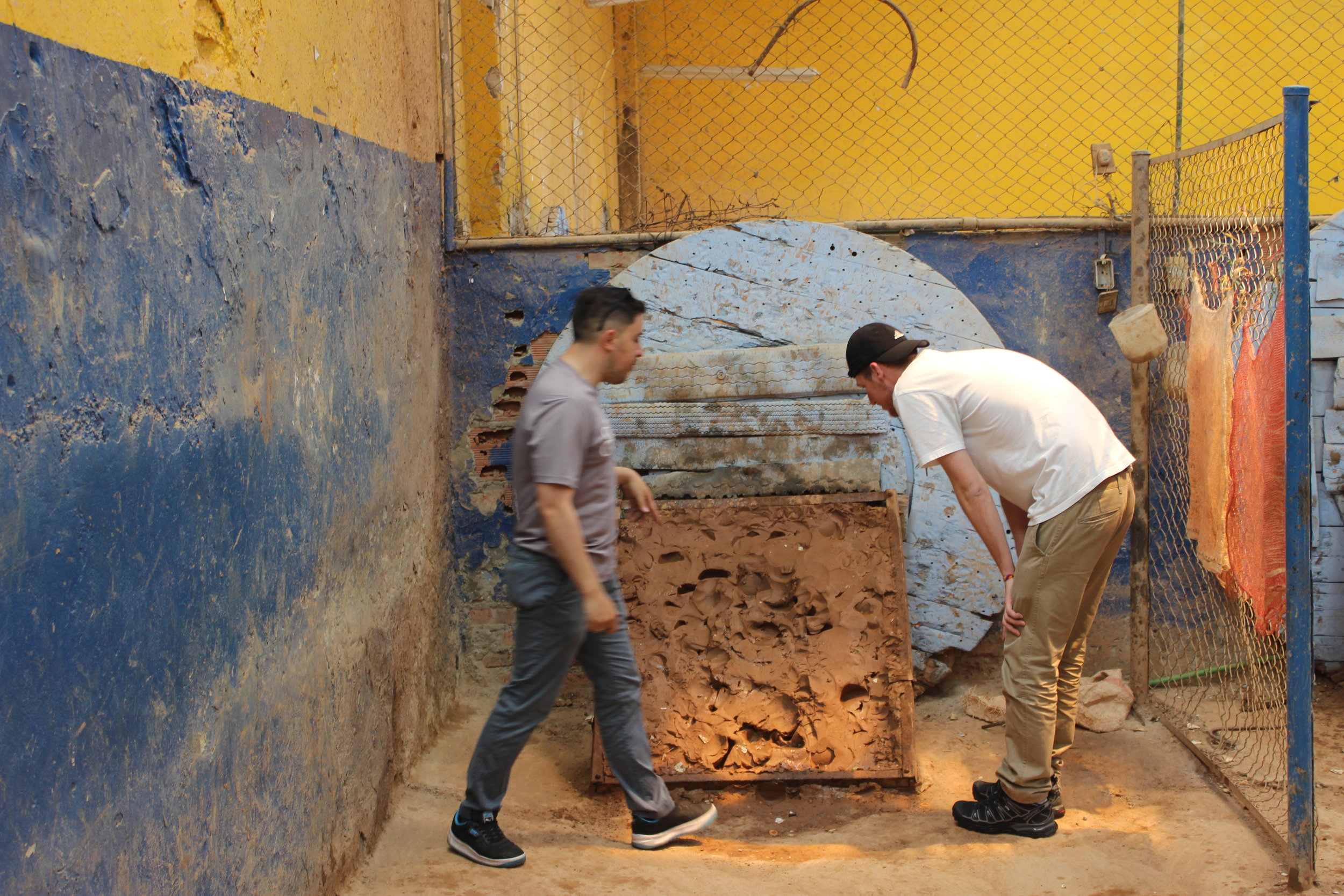In September of 2019, OneSeed Chile guide Robert Carlos travelled to Nepal to join his former OneSeed clients on an epic trek through Nepal’s famous three passes high in the Himalayas.
Where are you from and where is your favorite place to guide?
I was born and raised in Punta Arenas and have been working in tourism for about 23 years and in the Torres del Paine National Park for the last 19 years as a mountain trekking guide. One of the most beautiful places in the park is the area between Refugio Dickson and Los Perros. There are not as many travelers along this section so it allows me to connect with my clients more and appreciate how much I like my work.
What brought you all the way to Nepal this season?
Nepal has always been a dream of mine because of the mountains and a unique culture. I've been fascinated by documentaries and presentations on mountaineering including a conference with the first Chilean mountaineers to climb Everest. This was my second time in Nepal but it was 19 days compared to the previous at 7 days. It required so much more mental strength and preparation, the previous trip was only a sample and this one was a true challenge. The trek we did is called Three Passes and is one of the harder treks out there. My favorite part was summiting a mountain over 5000 meters in NEPAL, not in Chile, not in Argentina, it was in NEPAL! We also loved all the children that we encountered along the way. They were all very happy and friendly. The most difficult part for me was definitely acclimatization since I have lived all my life at sea level and it is a tiring job to acclimatize
How does the trekking in the HimalayaS compare to Patagonia?
The truth is you really can’t compare the two, they’re just so different. In Patagonia, you never have to worry about the altitude and instead focus on seeing, feeling, listening, and enjoying. The greatest difficulty is the wind that can blow over 100 kilometers per hour which causes a lot of tough days in the park. In Nepal, the problem is managing altitude sickness and constantly battling with the mind and body to continue onward.
What was it like meeting with mountain guides from a different PART of the world?
We trekked with KALE SHERPA and it was the second time he had led one of my trips. On that first trek, we talked a lot about guiding and working as guides. At that time I was the Director of the Association of Guides of Puerto Natales and he was the treasurer within his association in Nepal. I really liked that almost all the guides I saw on the way were local, they take great care of their local guides and that won my respect. In Patagonia is easier to find guides of other nationalities. I always choose a local guide, someone who knows the background and heart of a place because he is guiding in his own land.
Any Final Thoughts or Tips?
What I liked most is to be able to walk through the villages among the locals, to see the children playing with something as simple as a ball and enjoy it to the fullest. Of course, I highly recommend trekking in Nepal. If you really want to enjoy it, go with a small group and have the camera ready since there could be an amazing view that appears at any moment.



